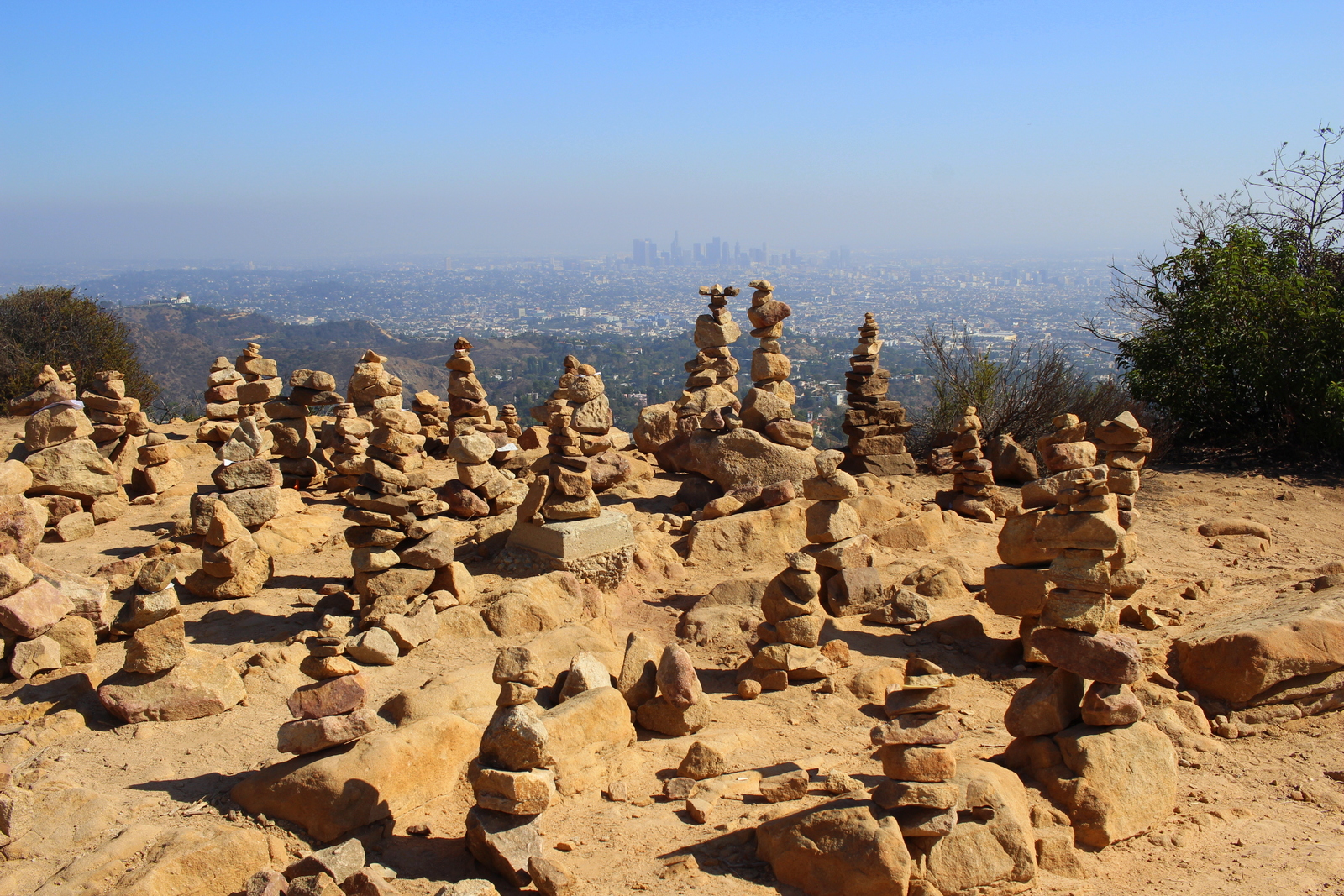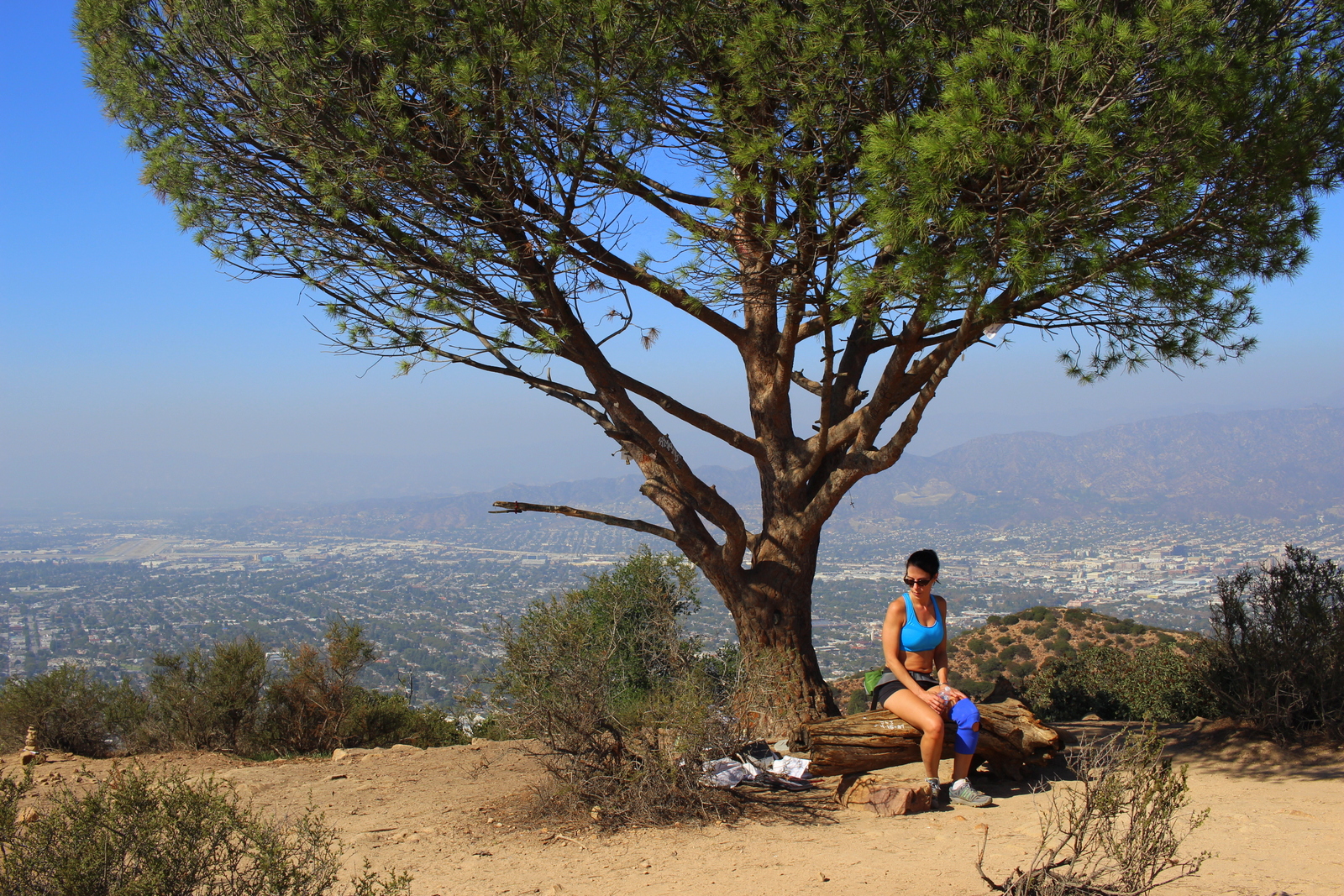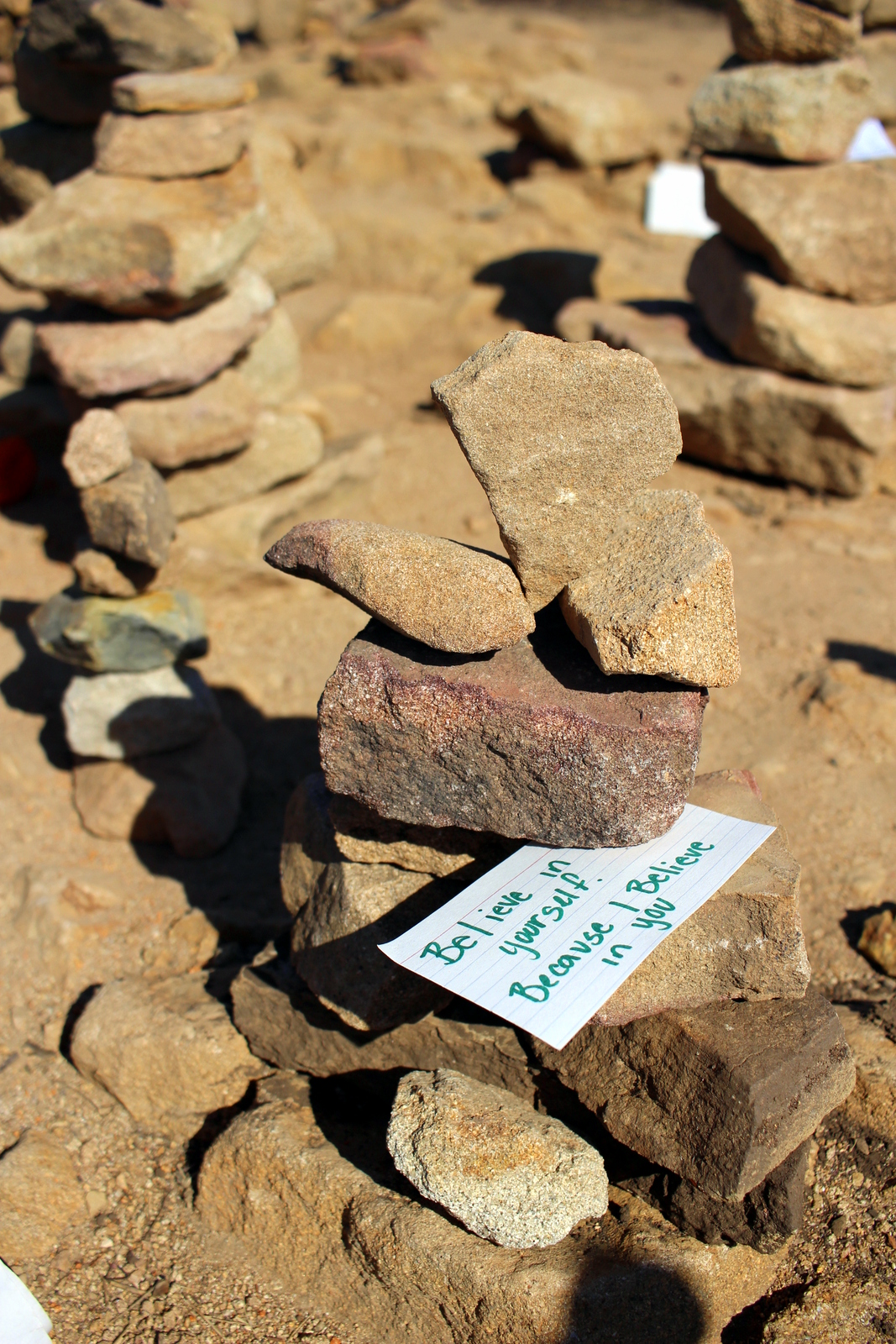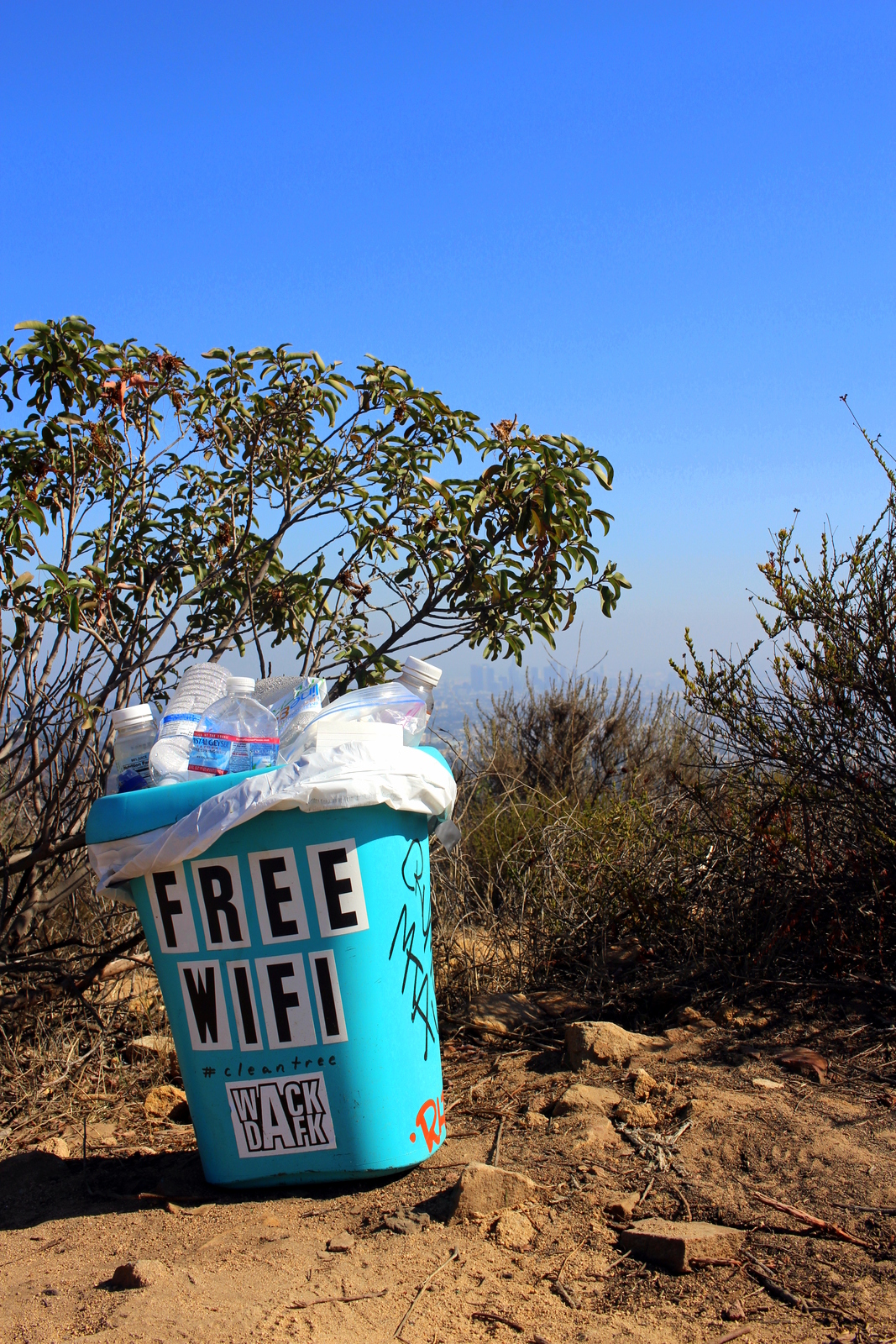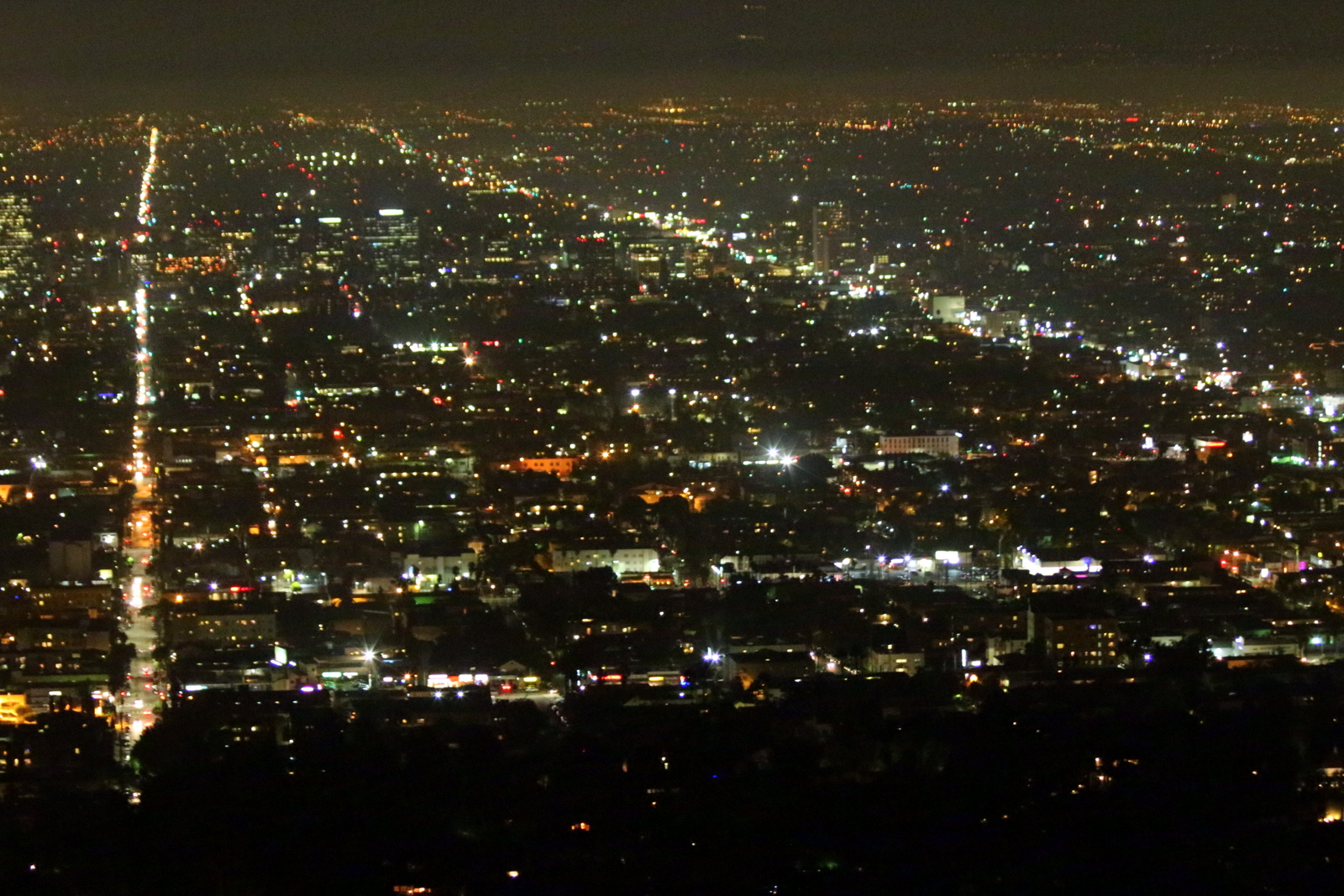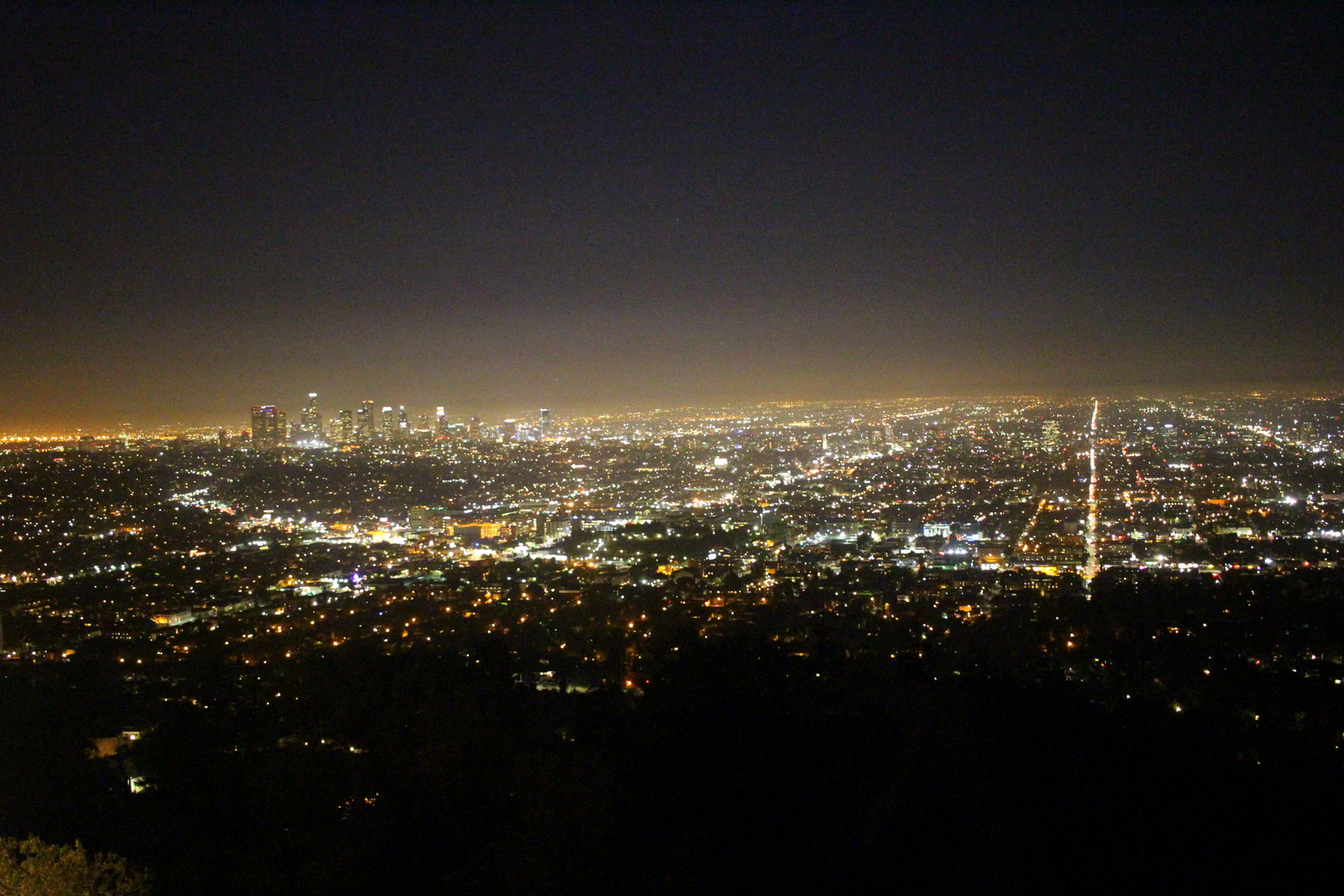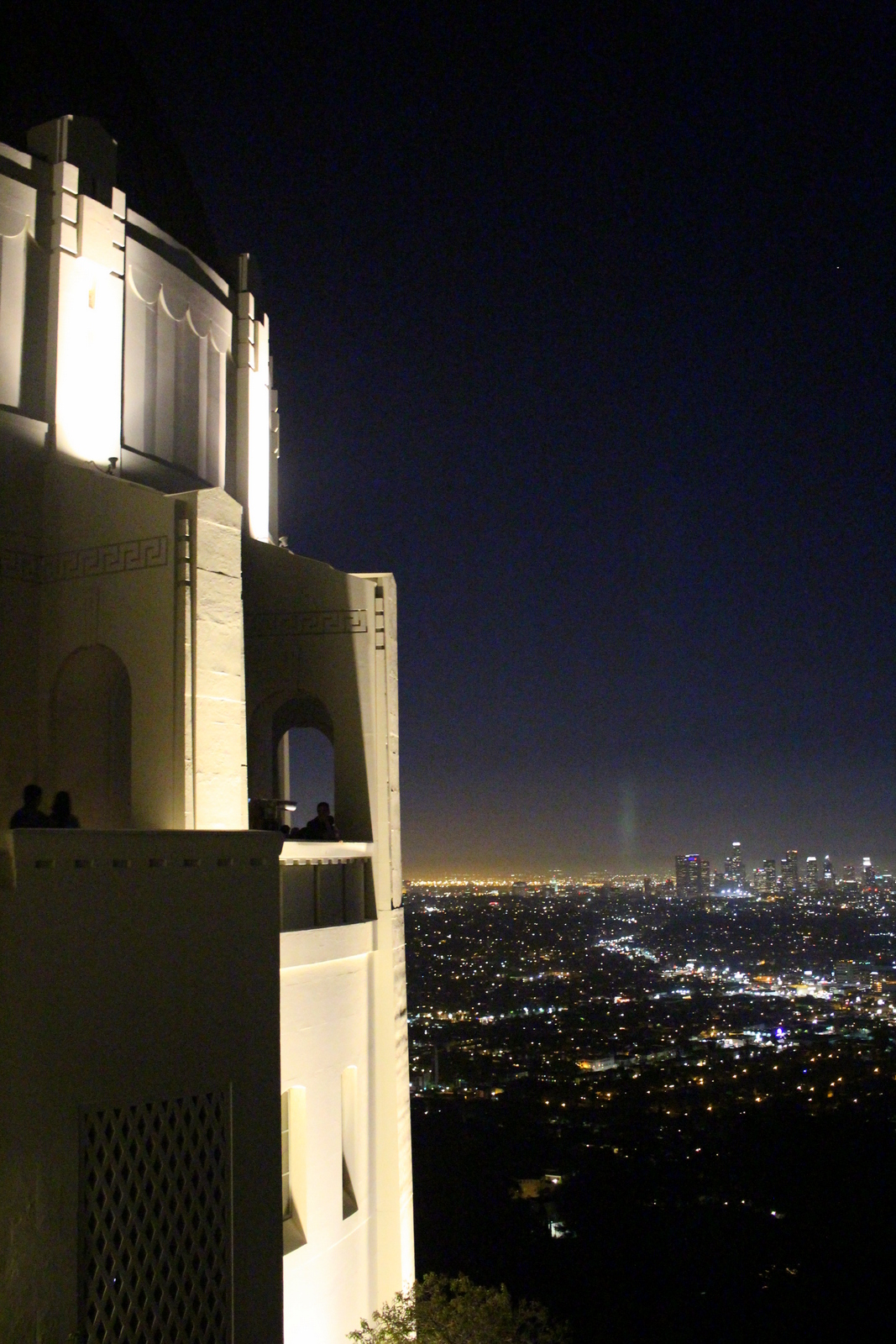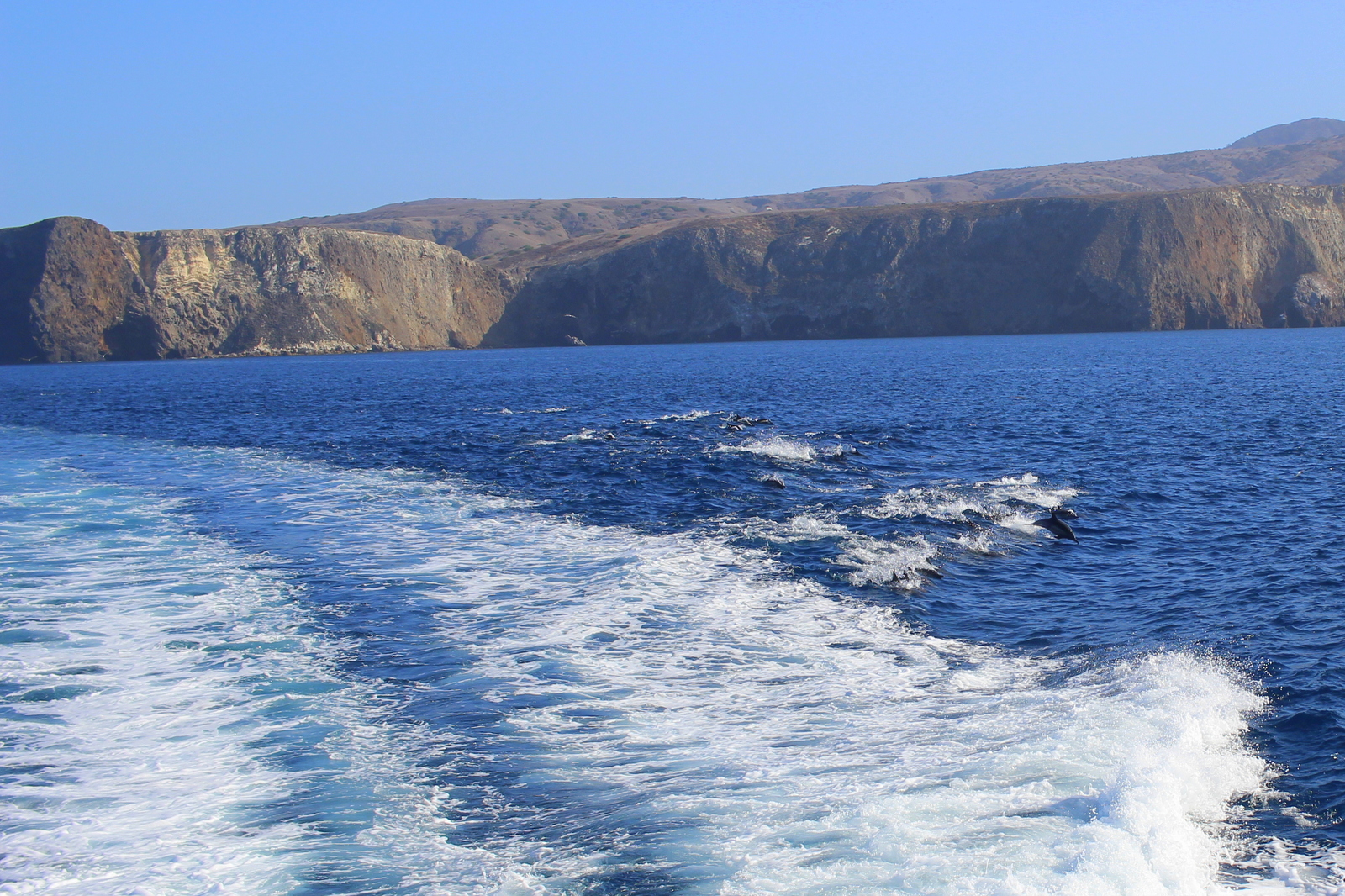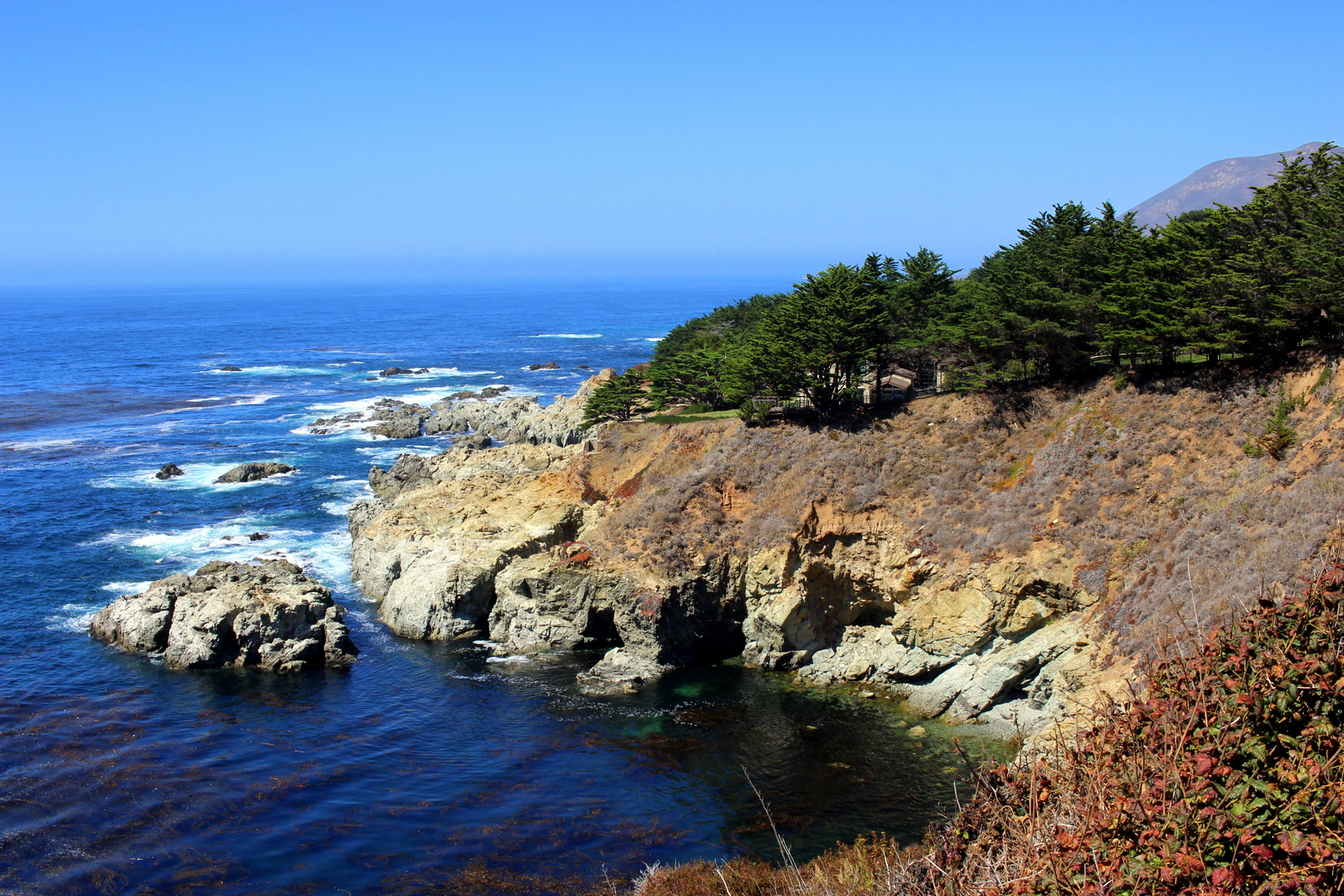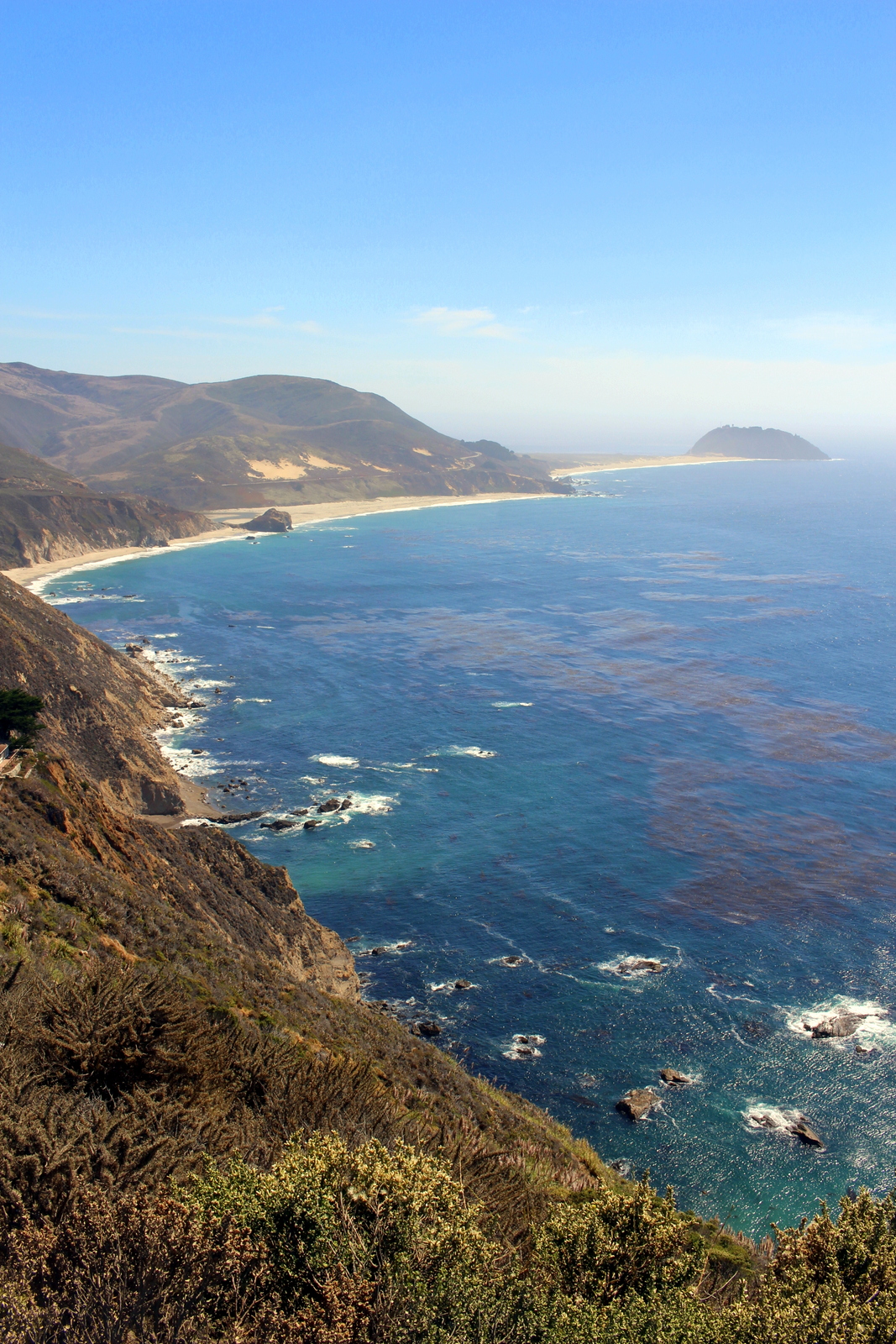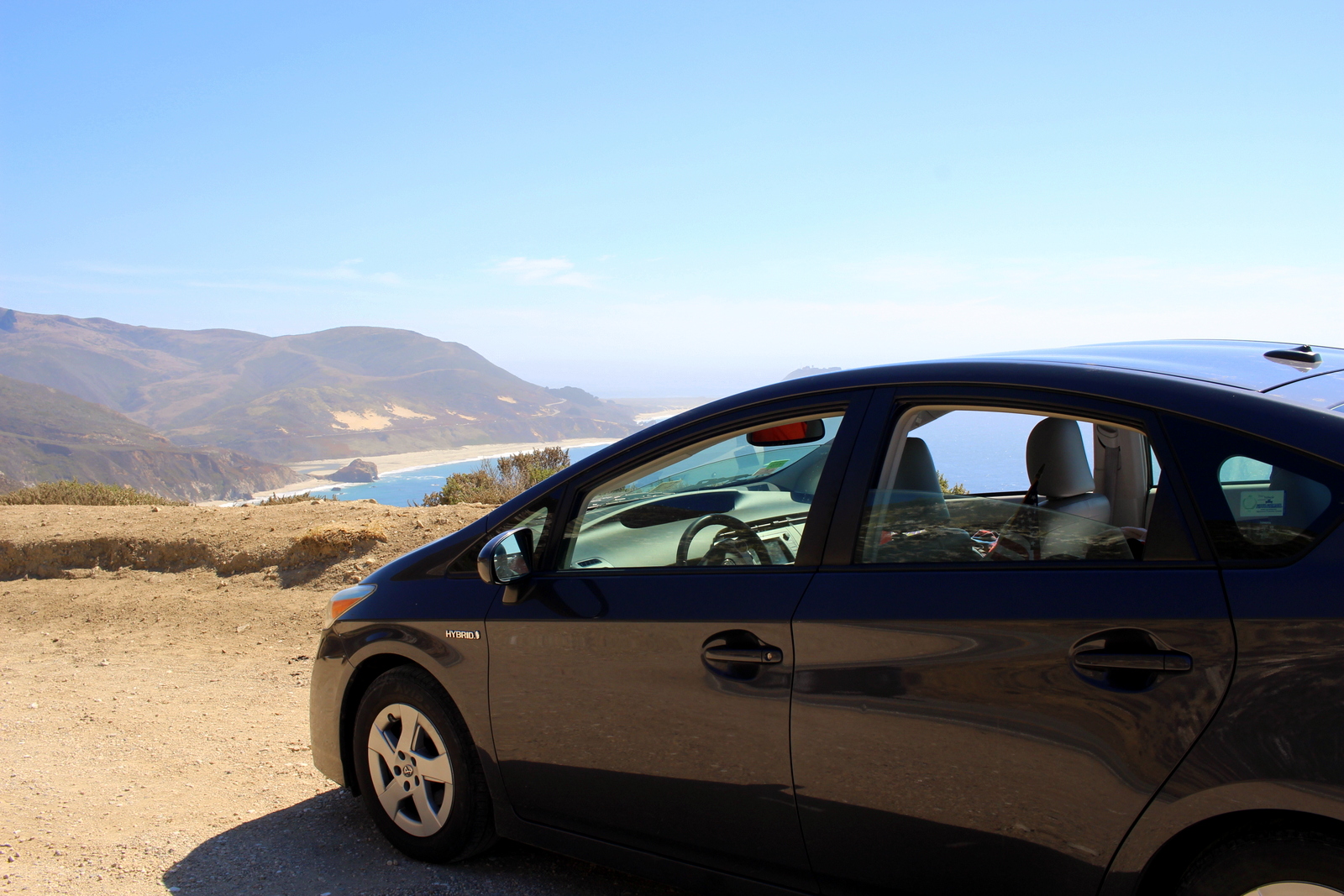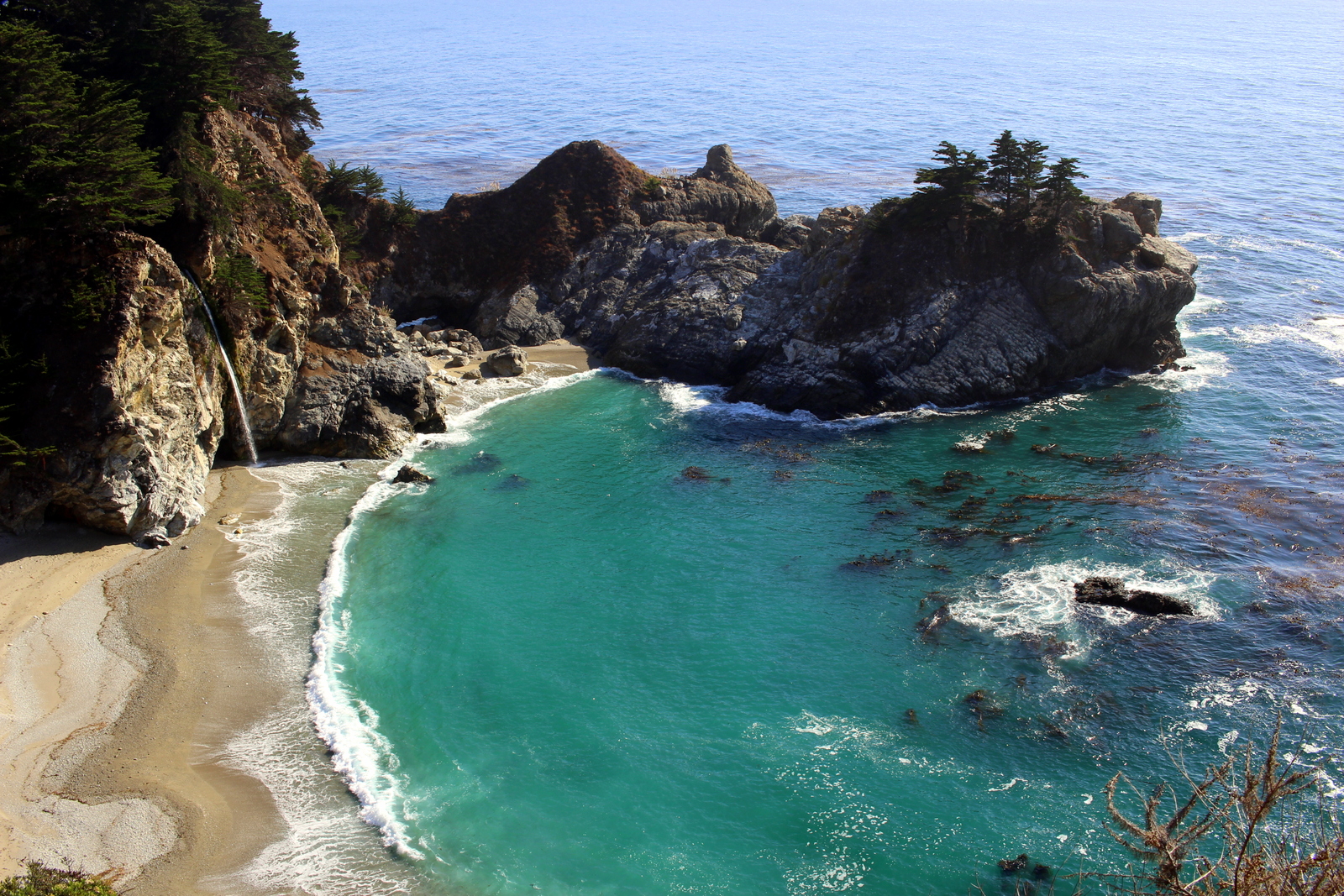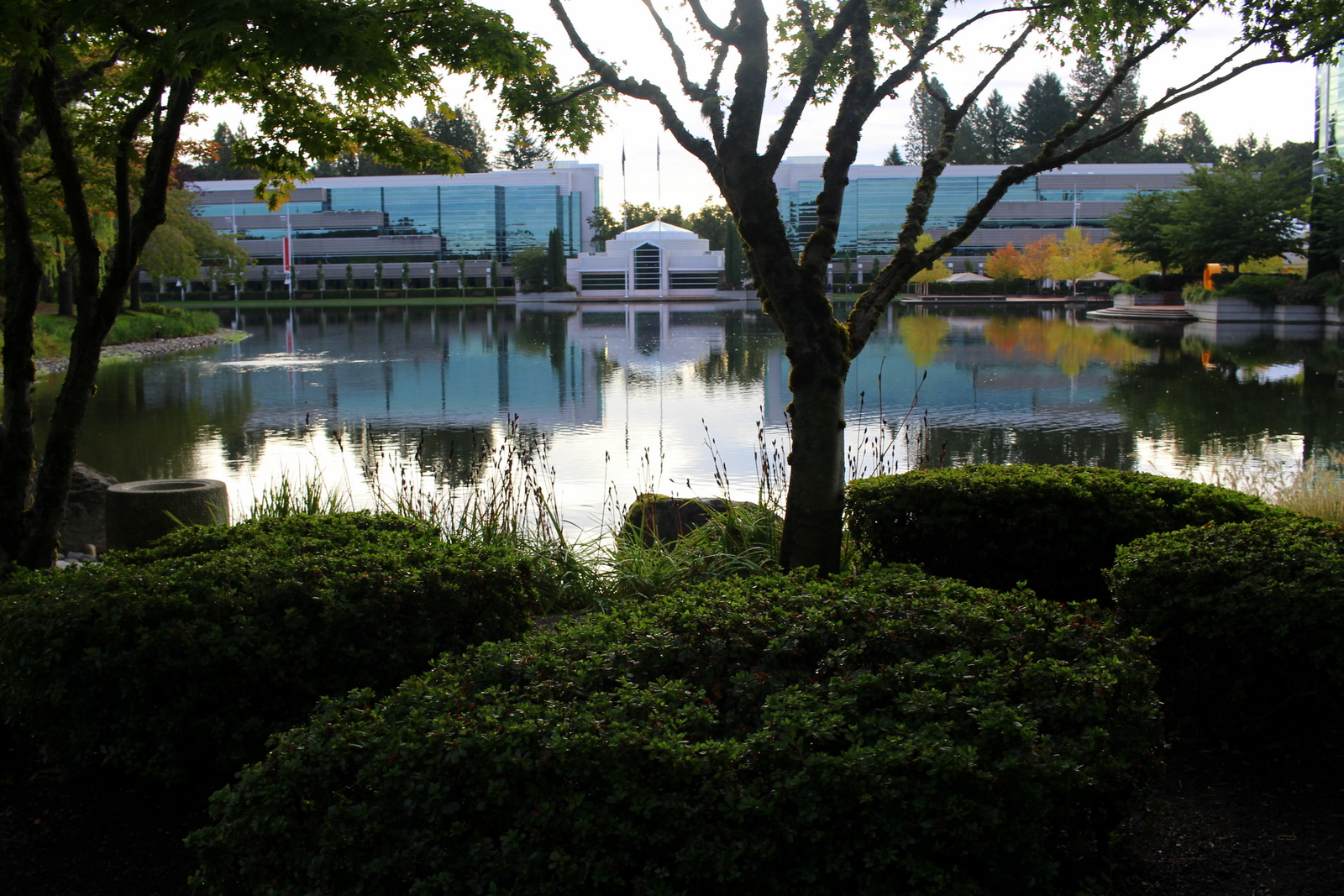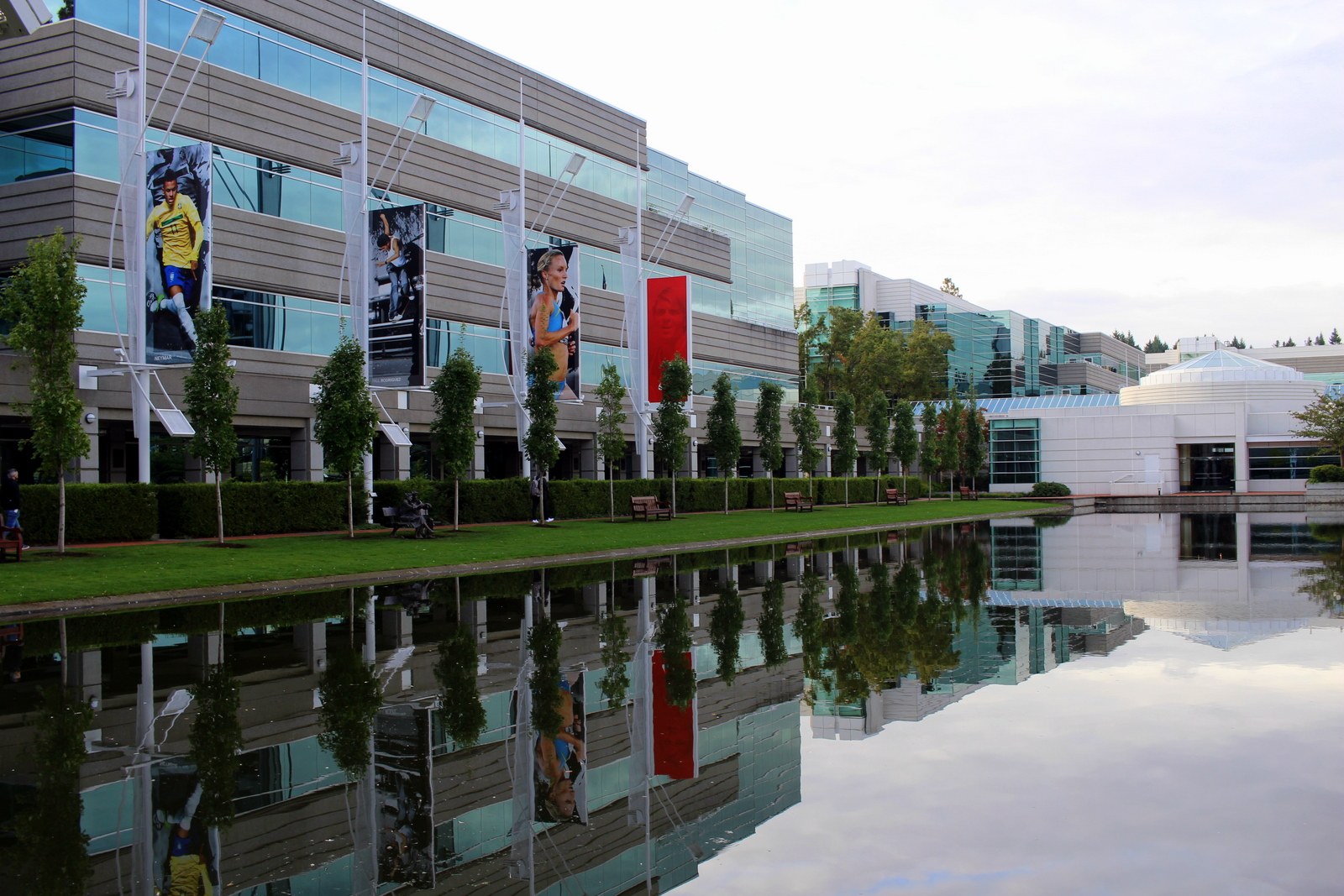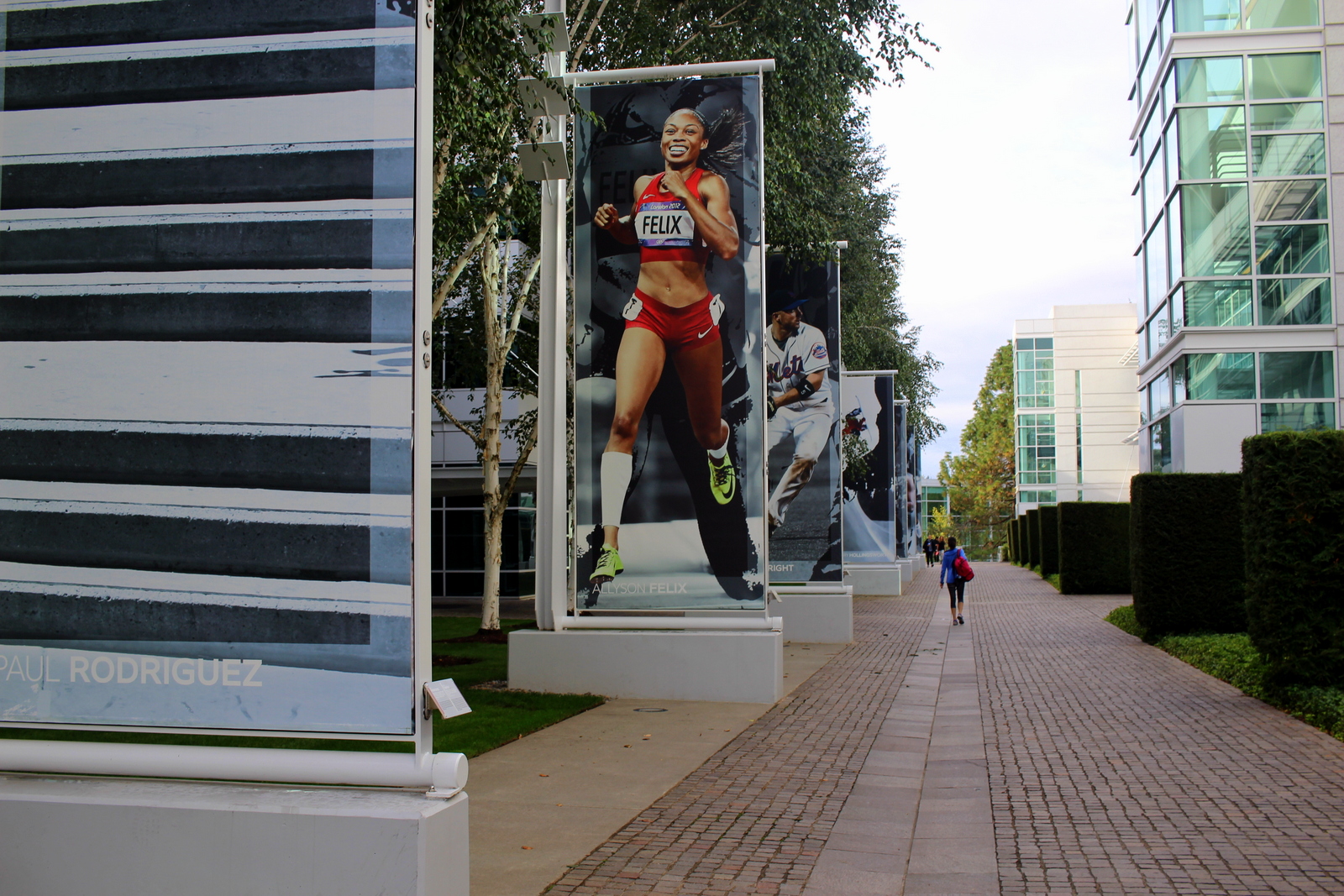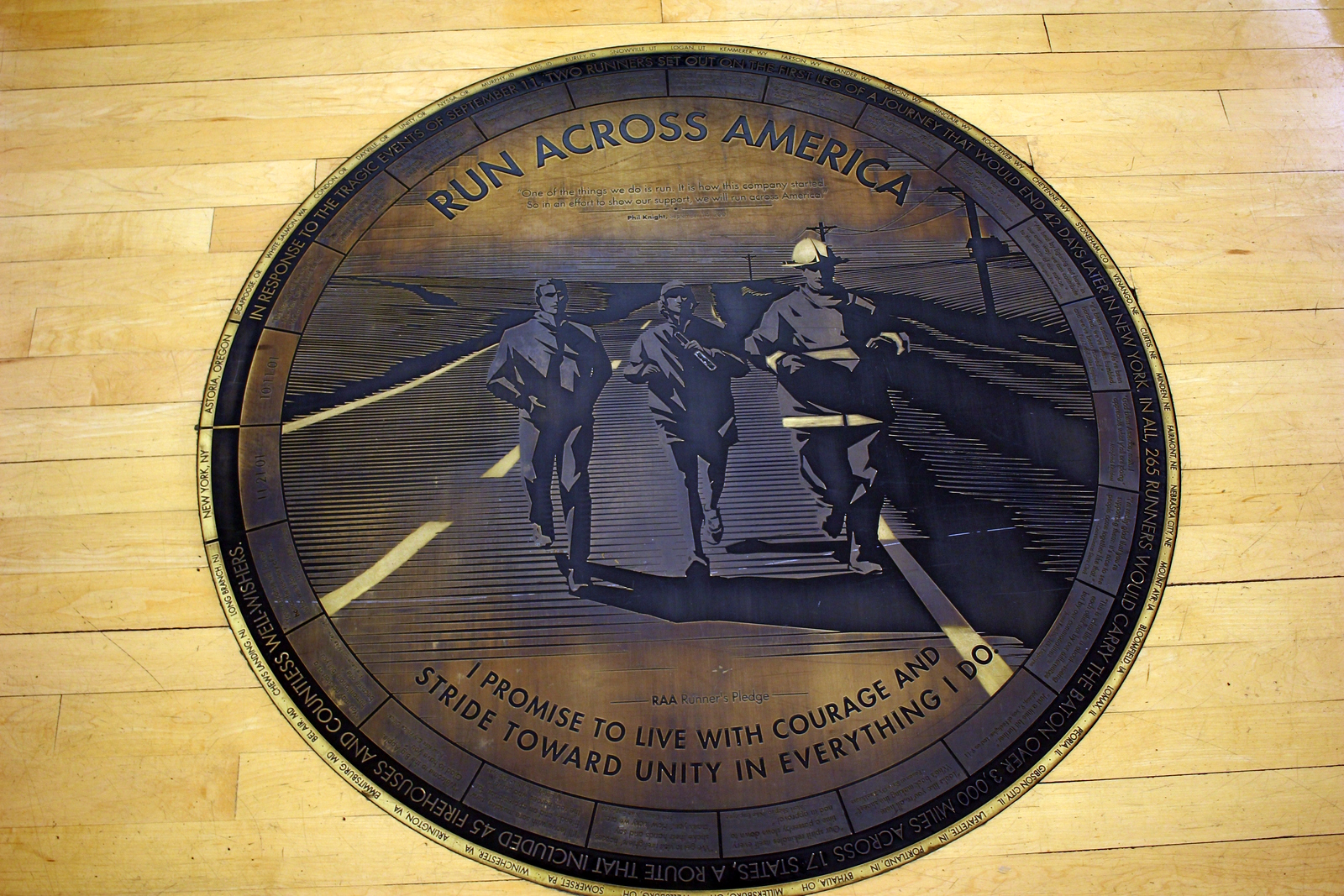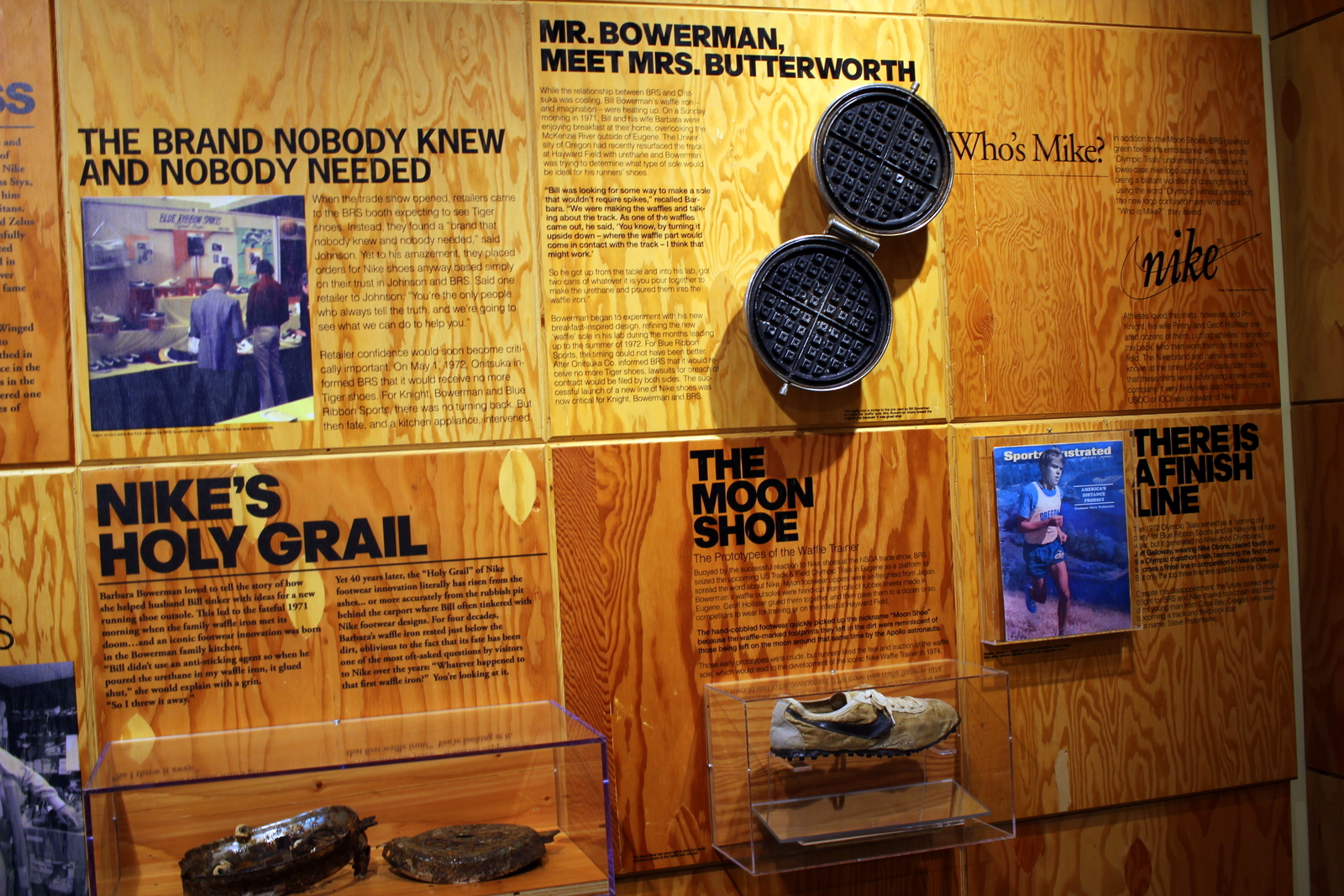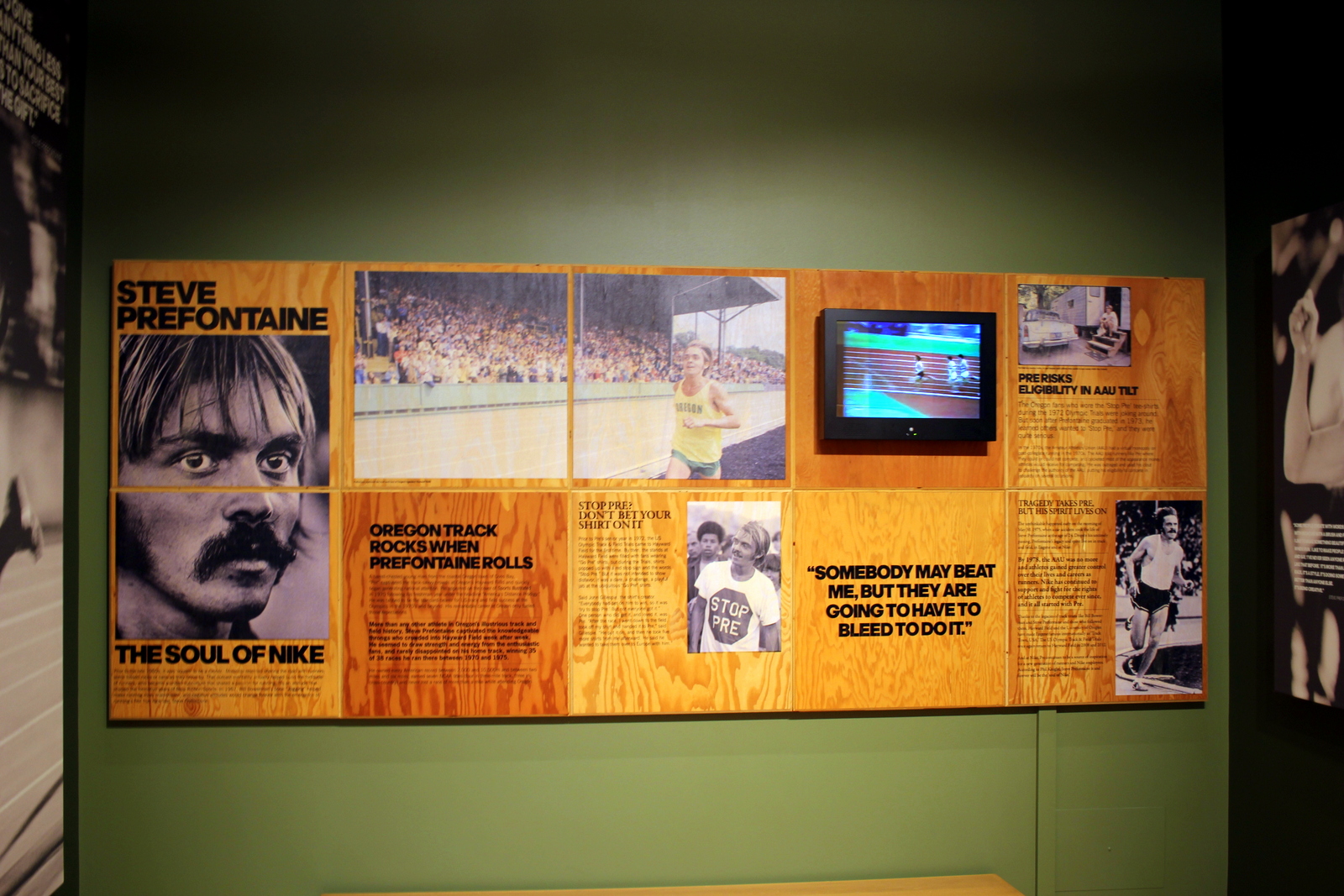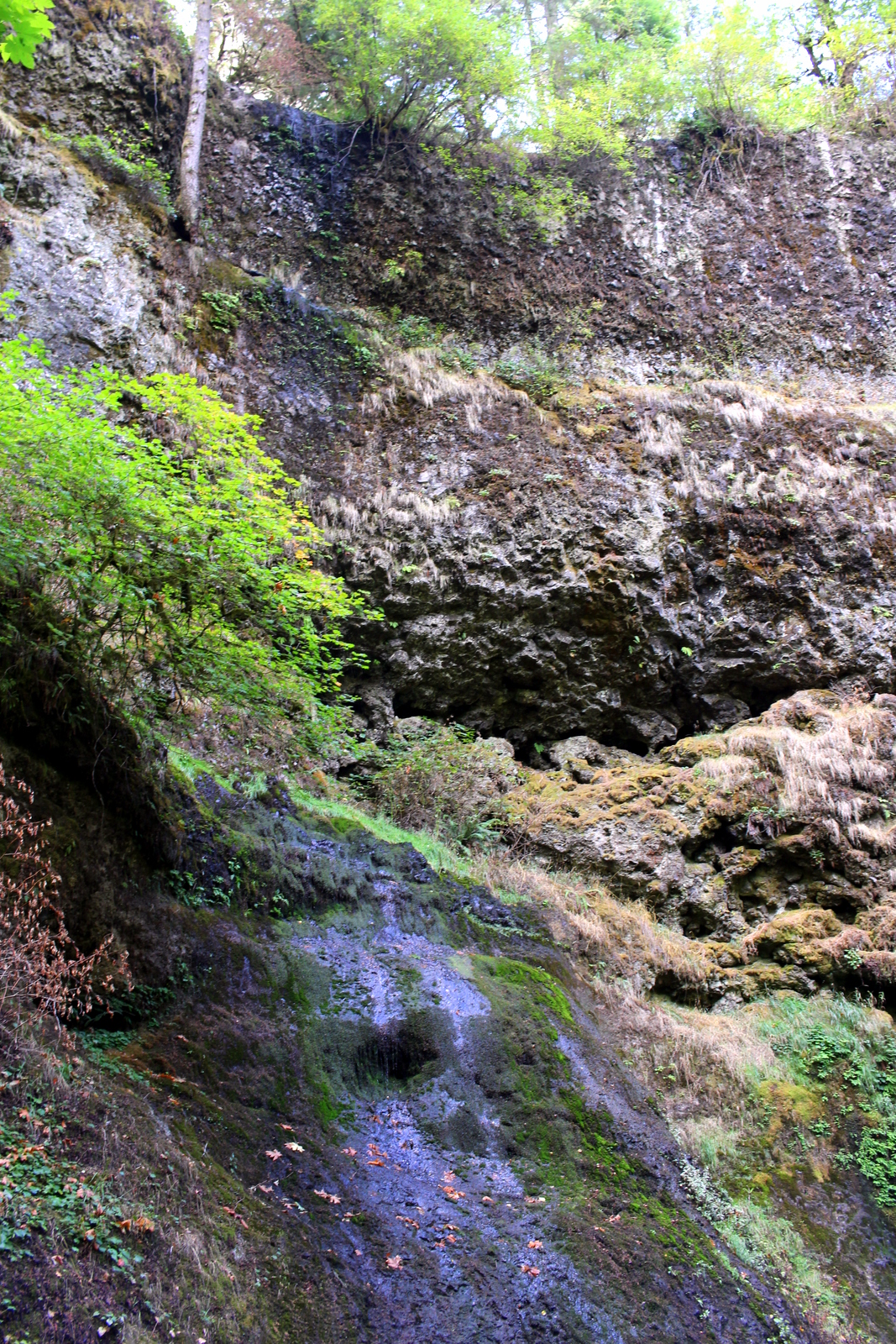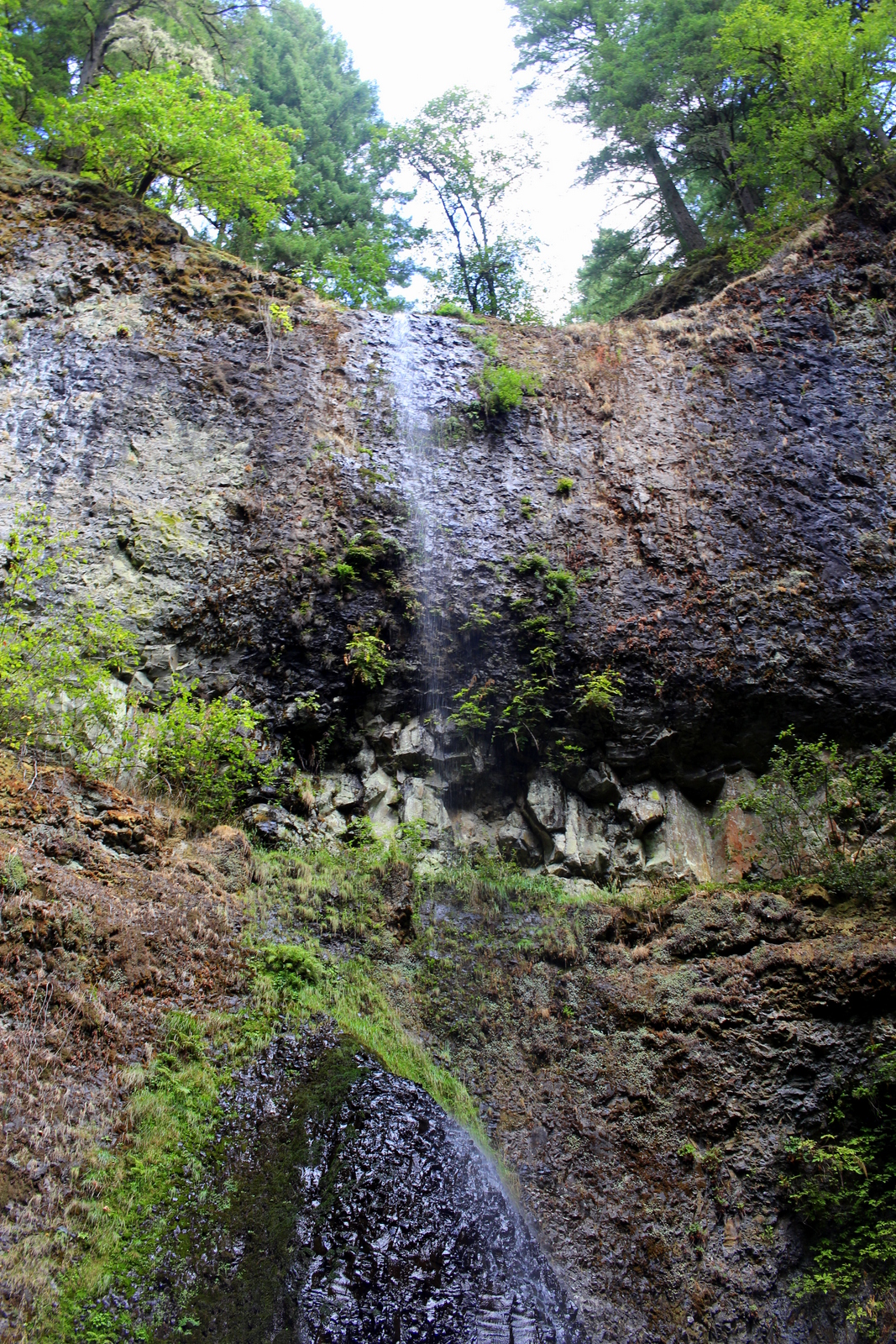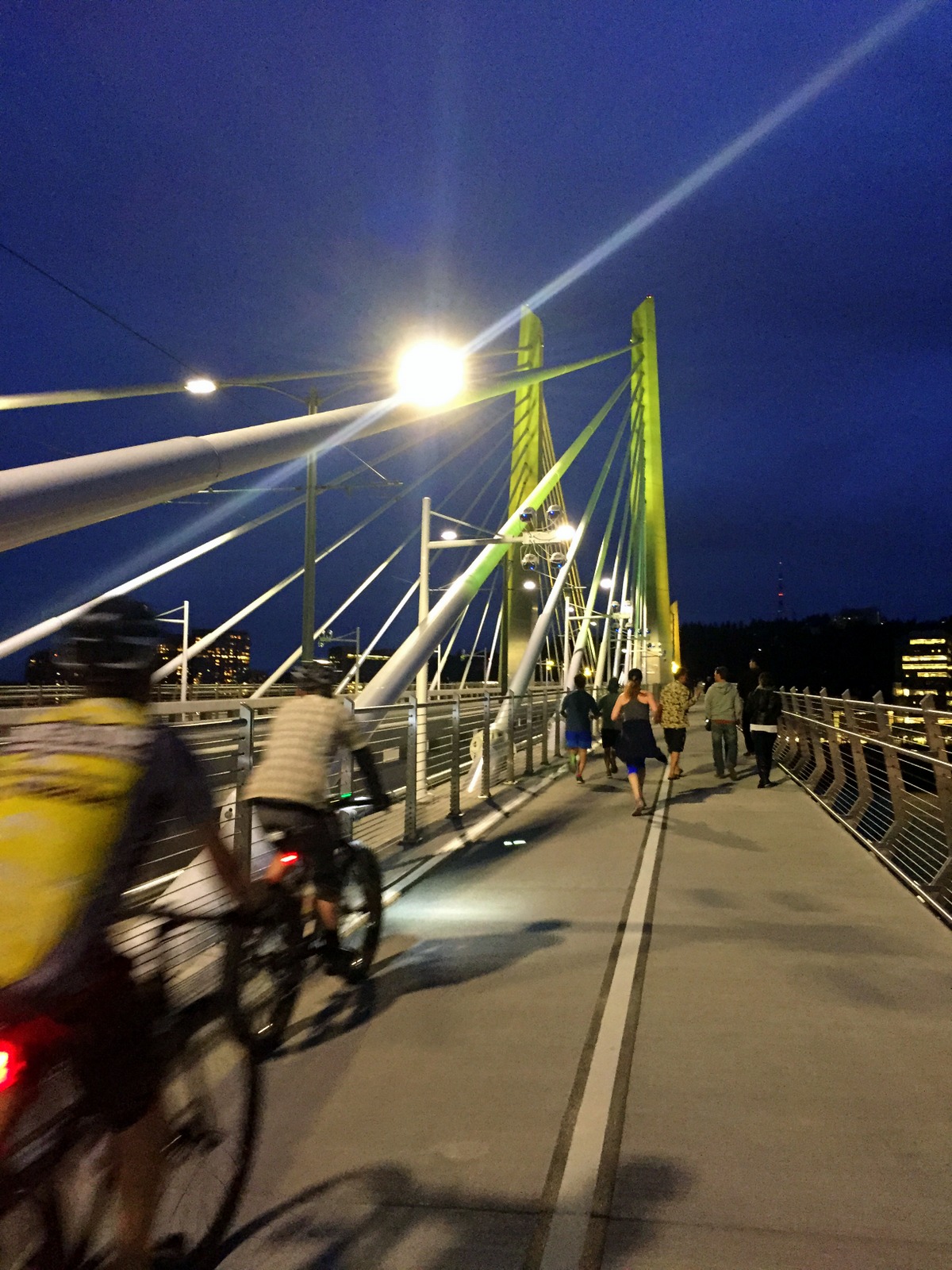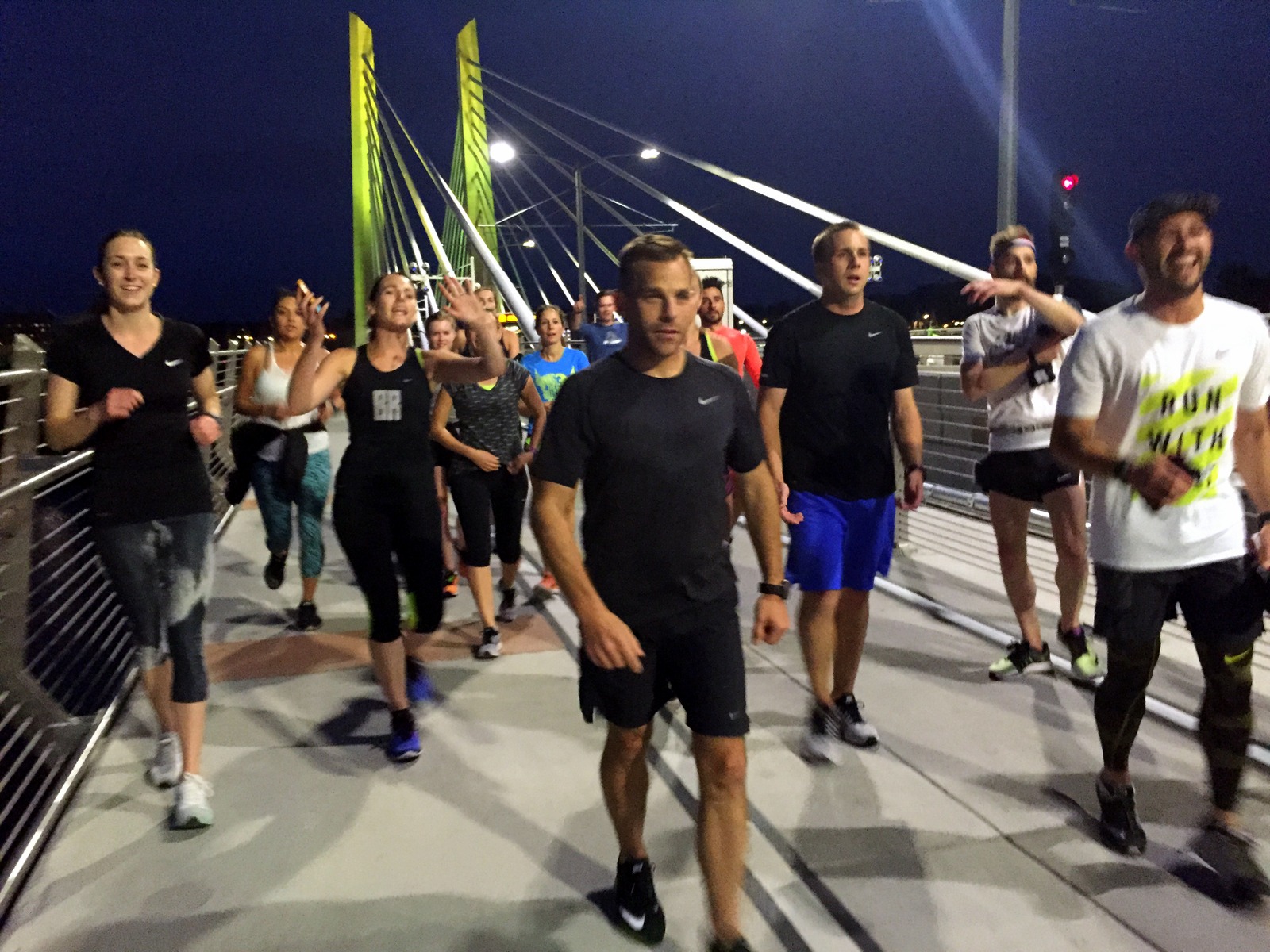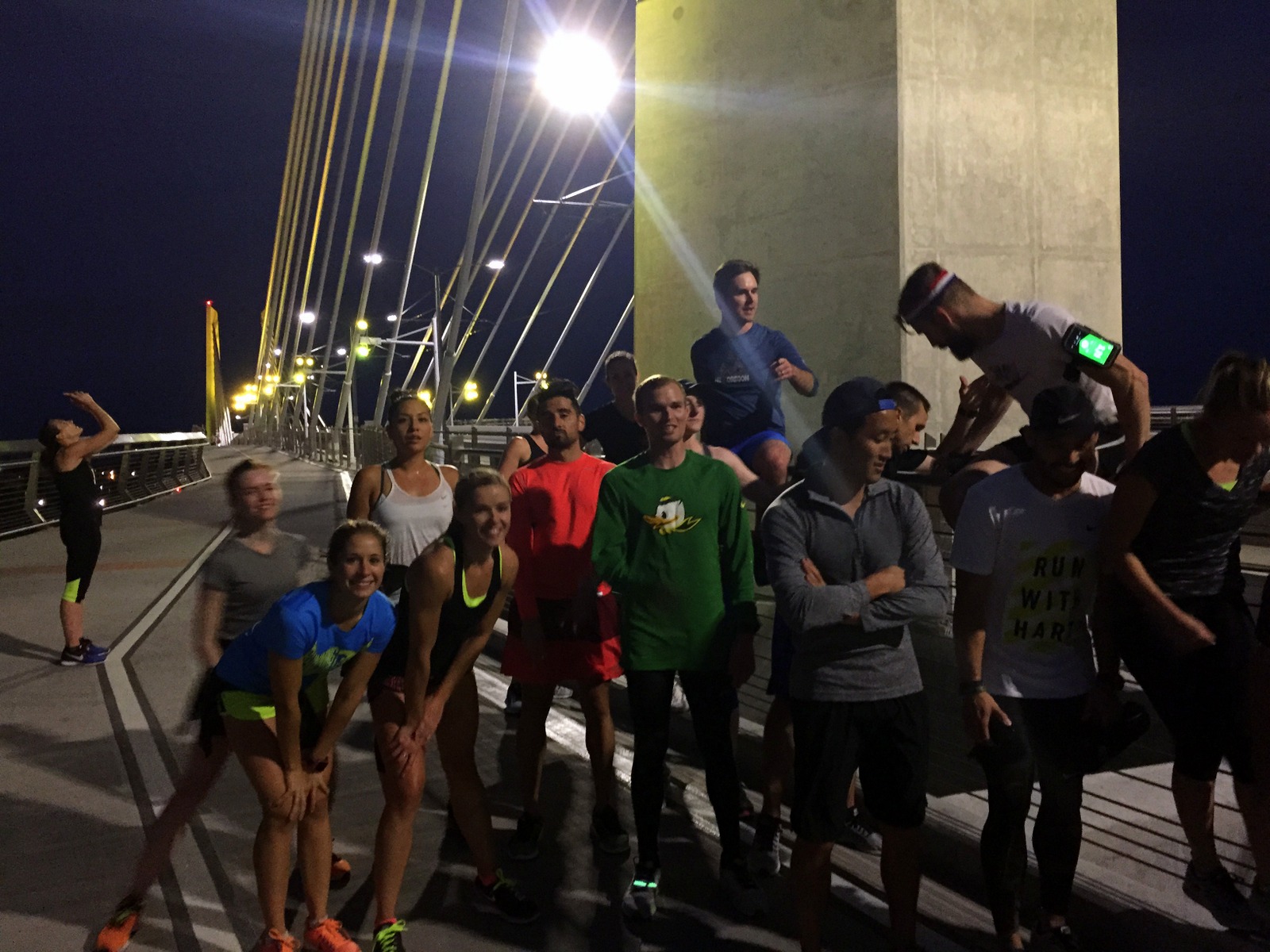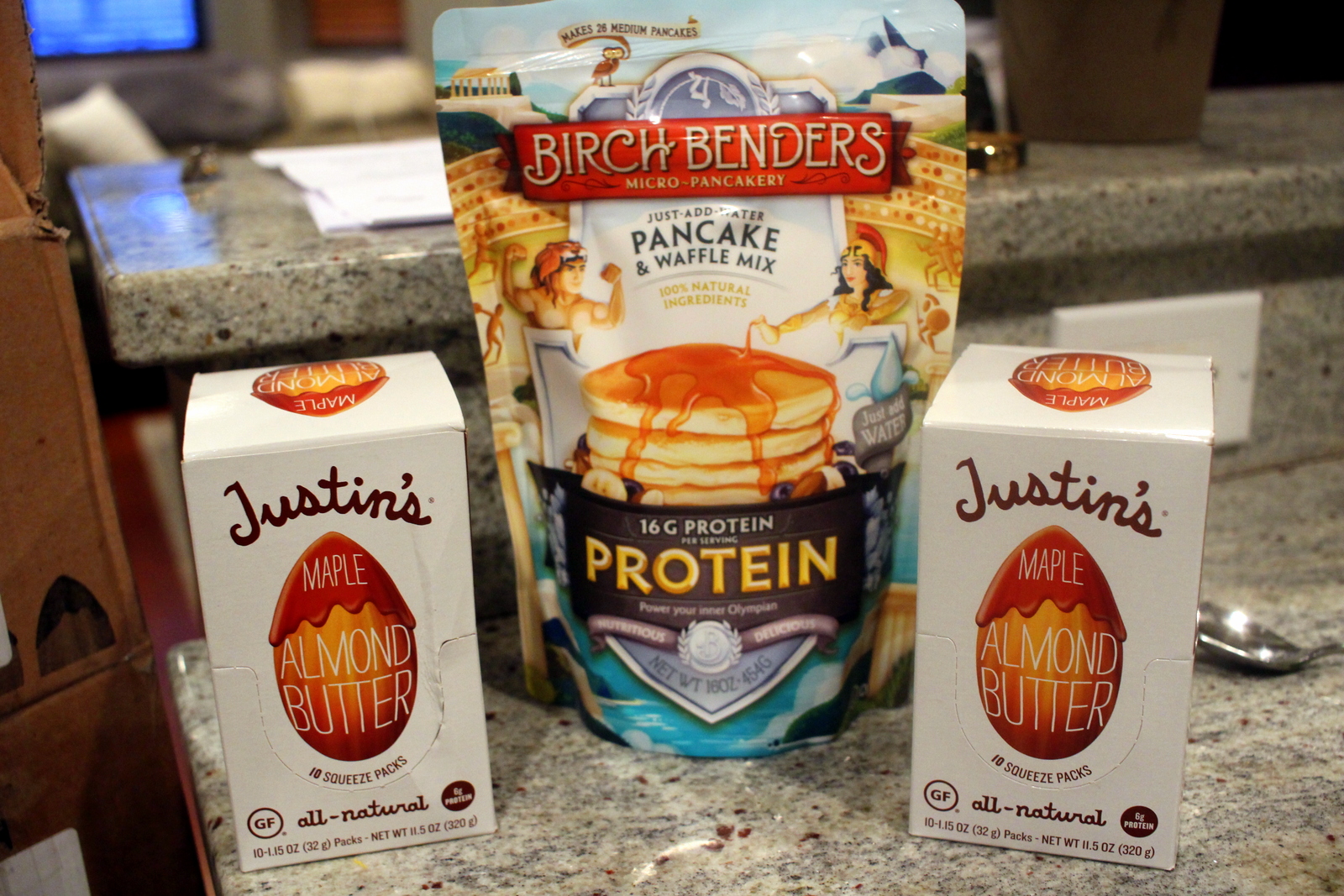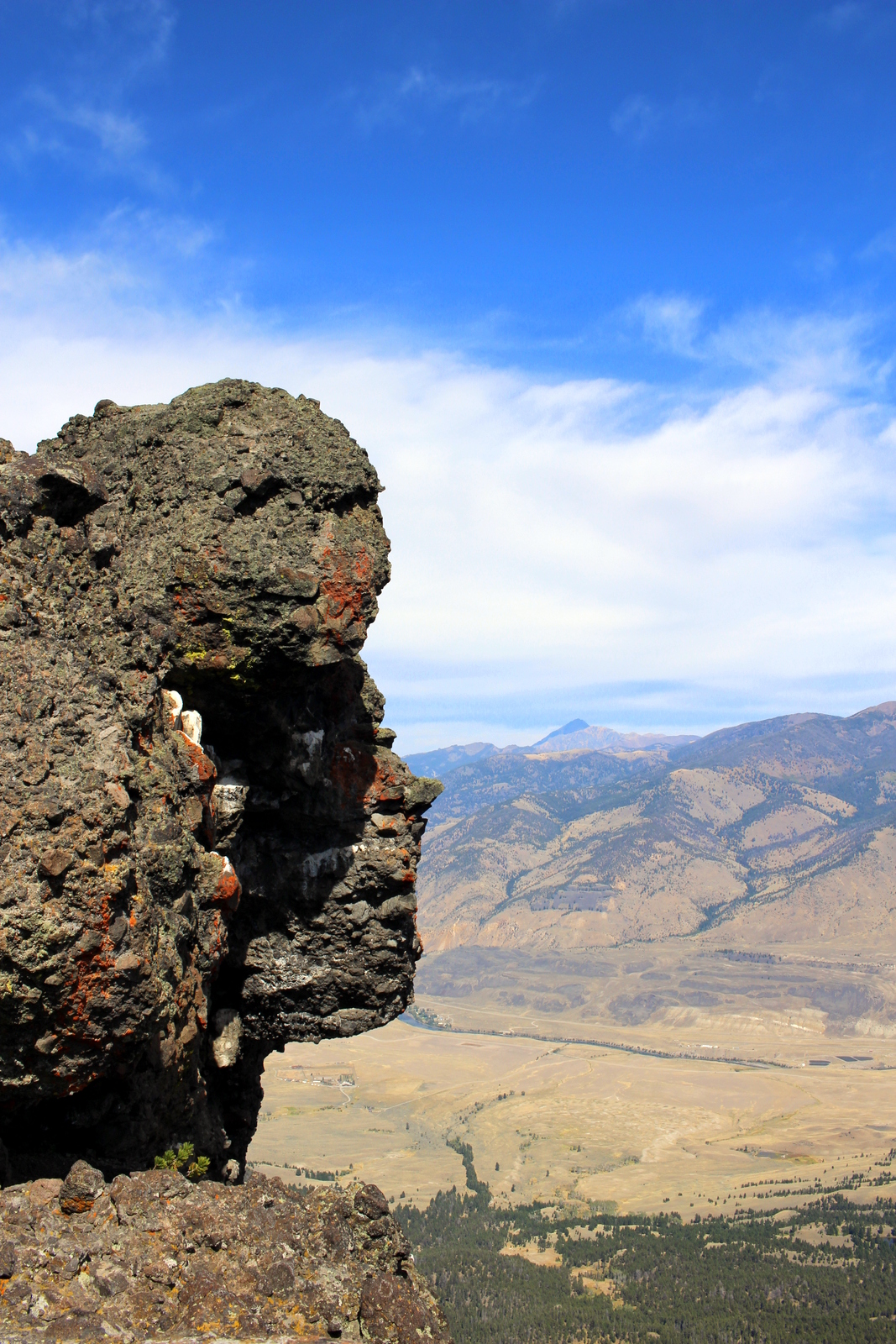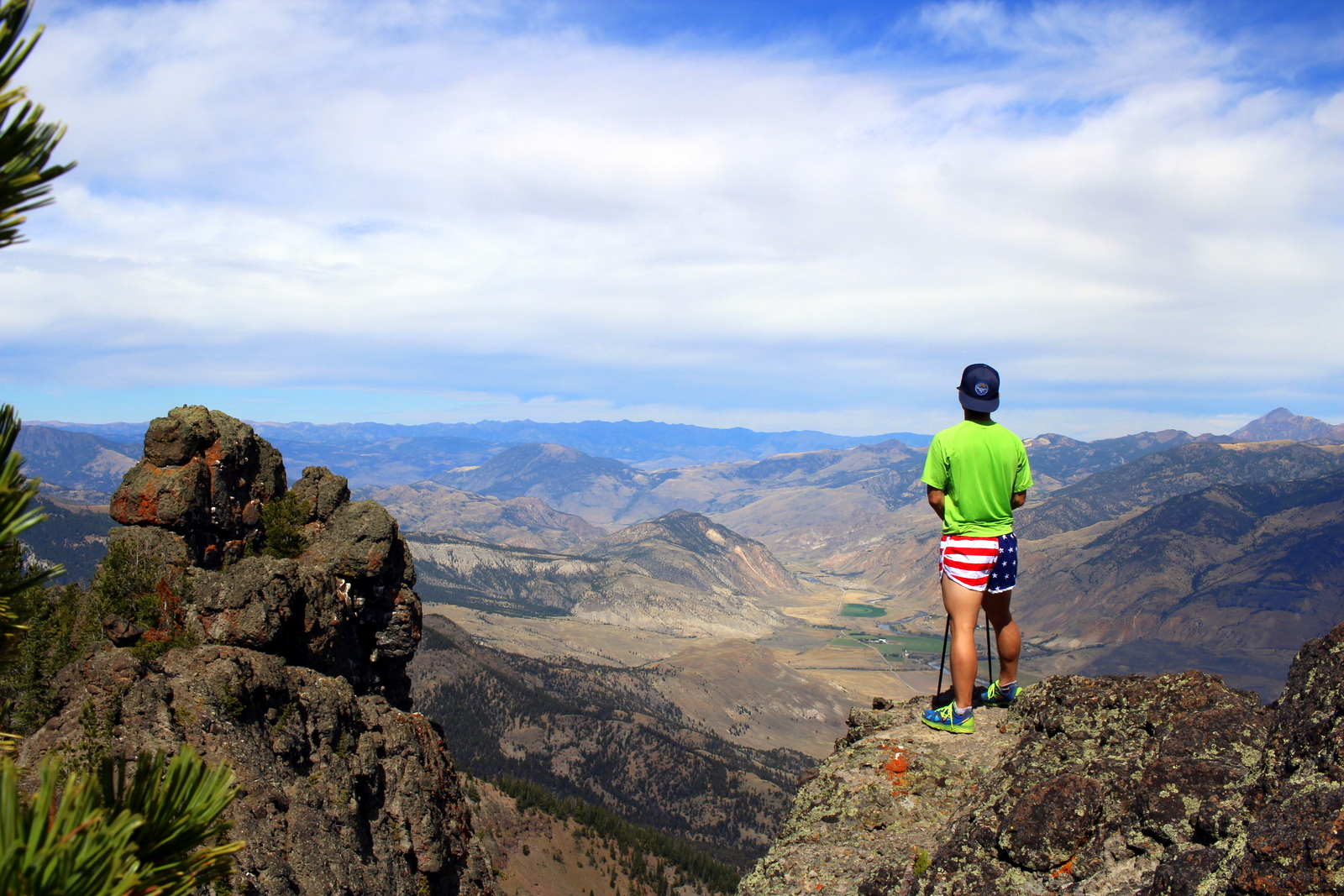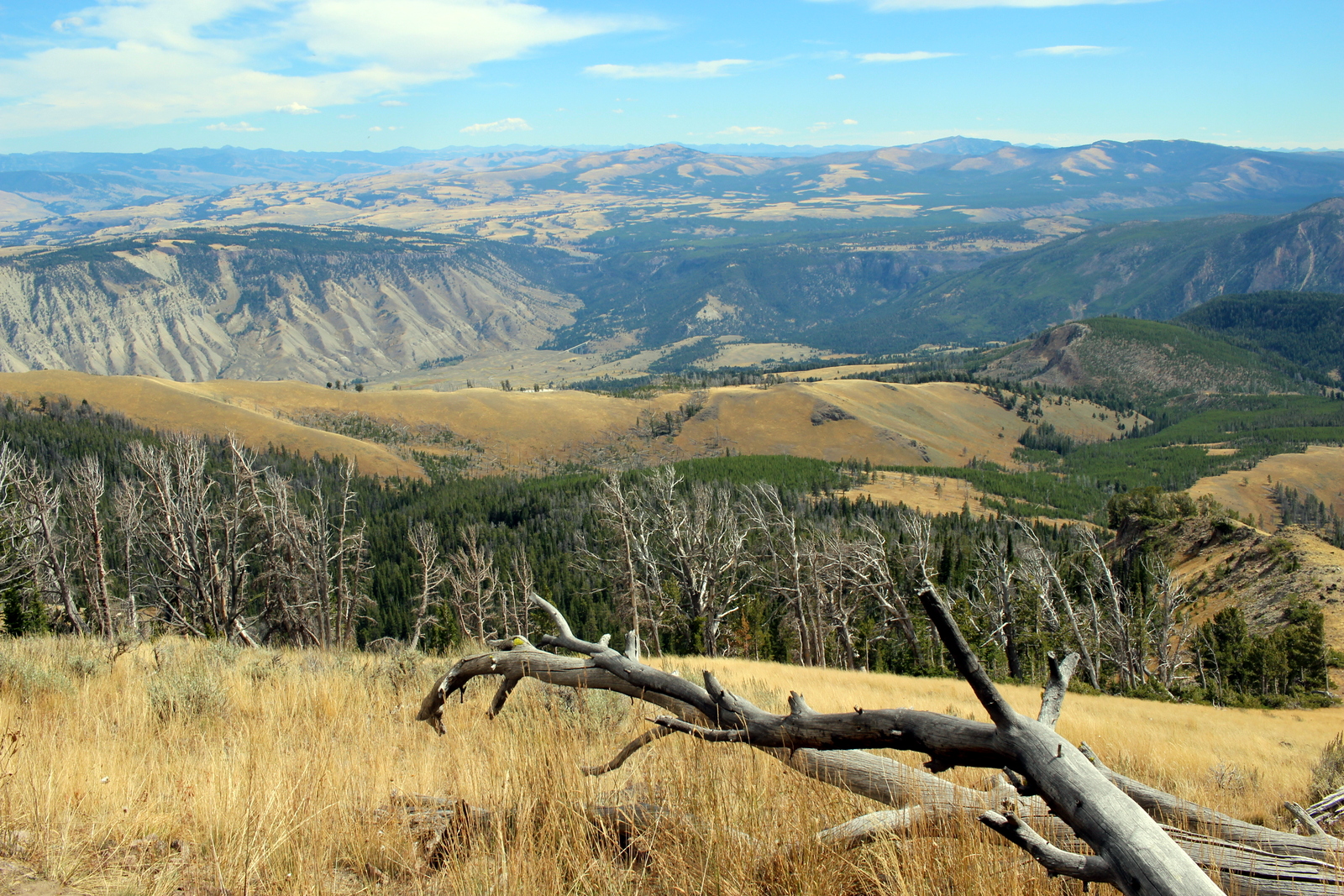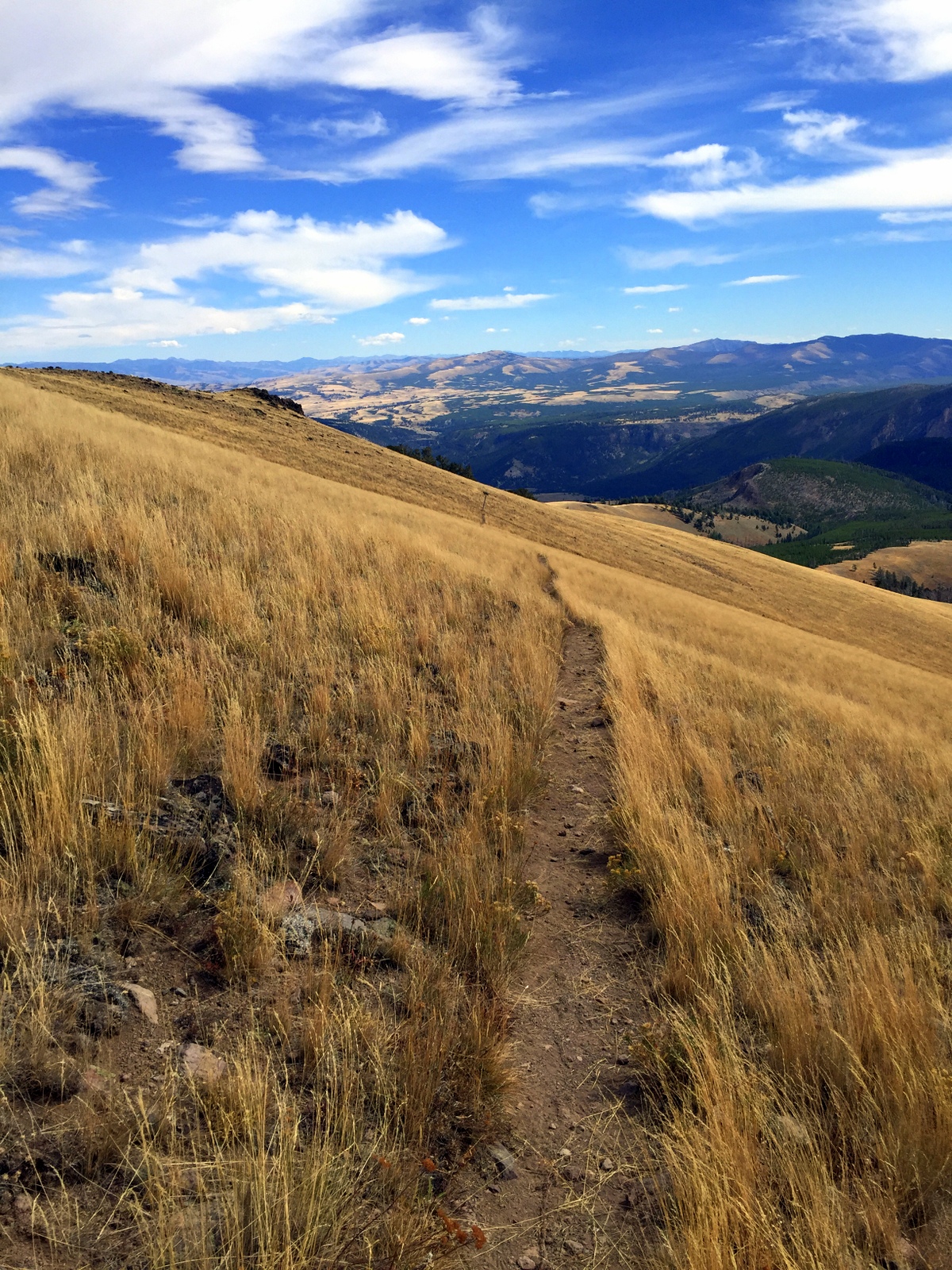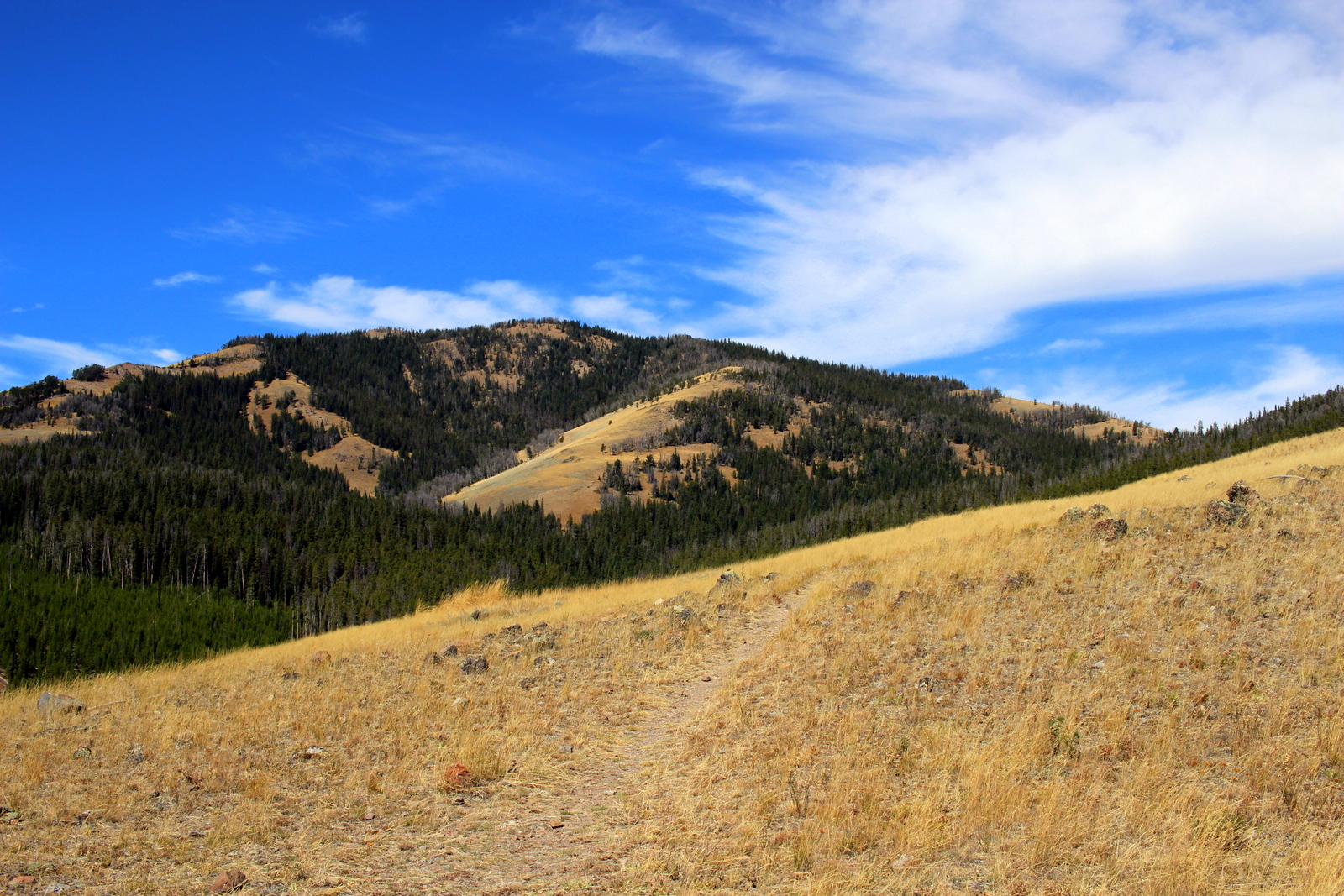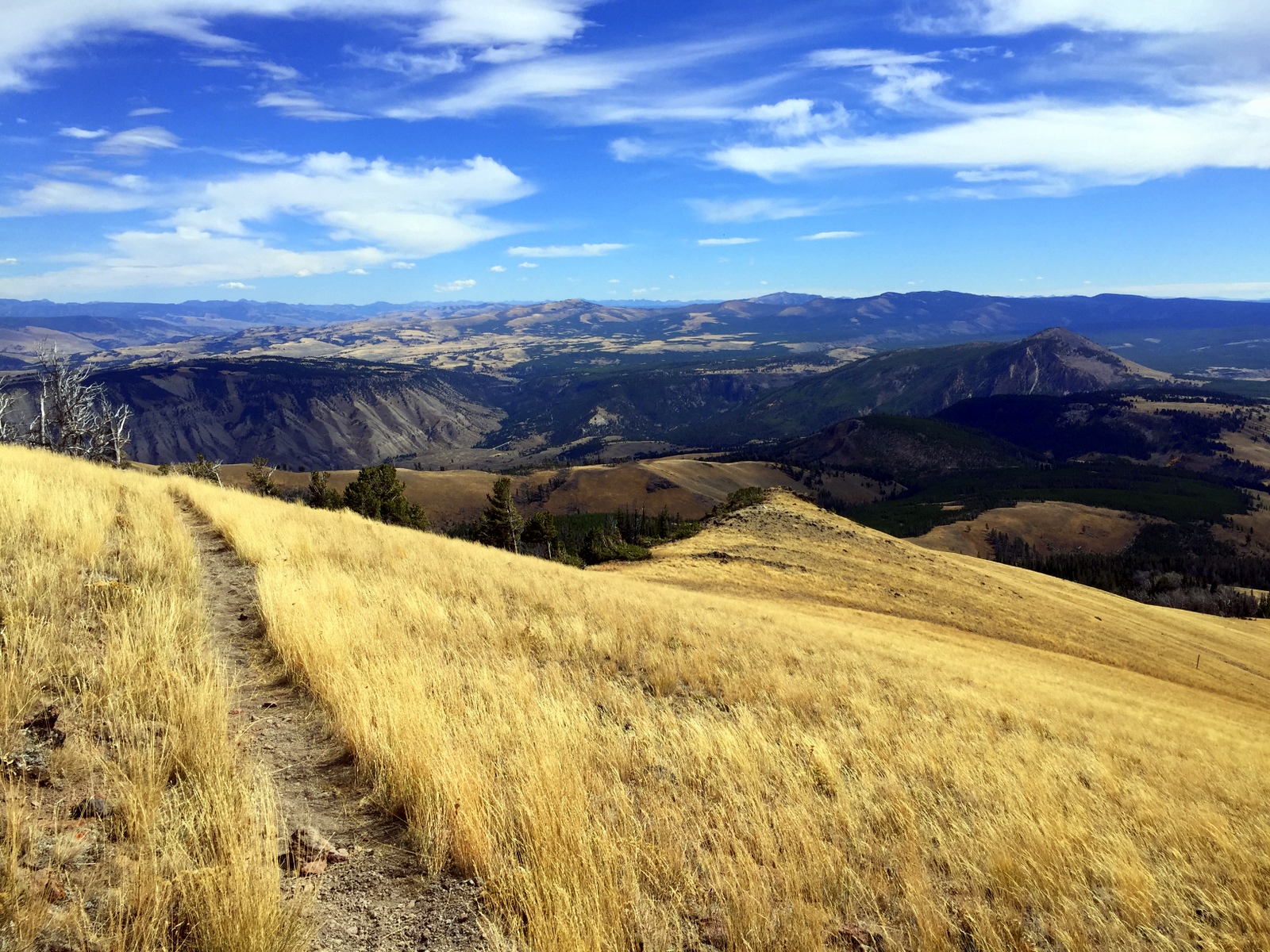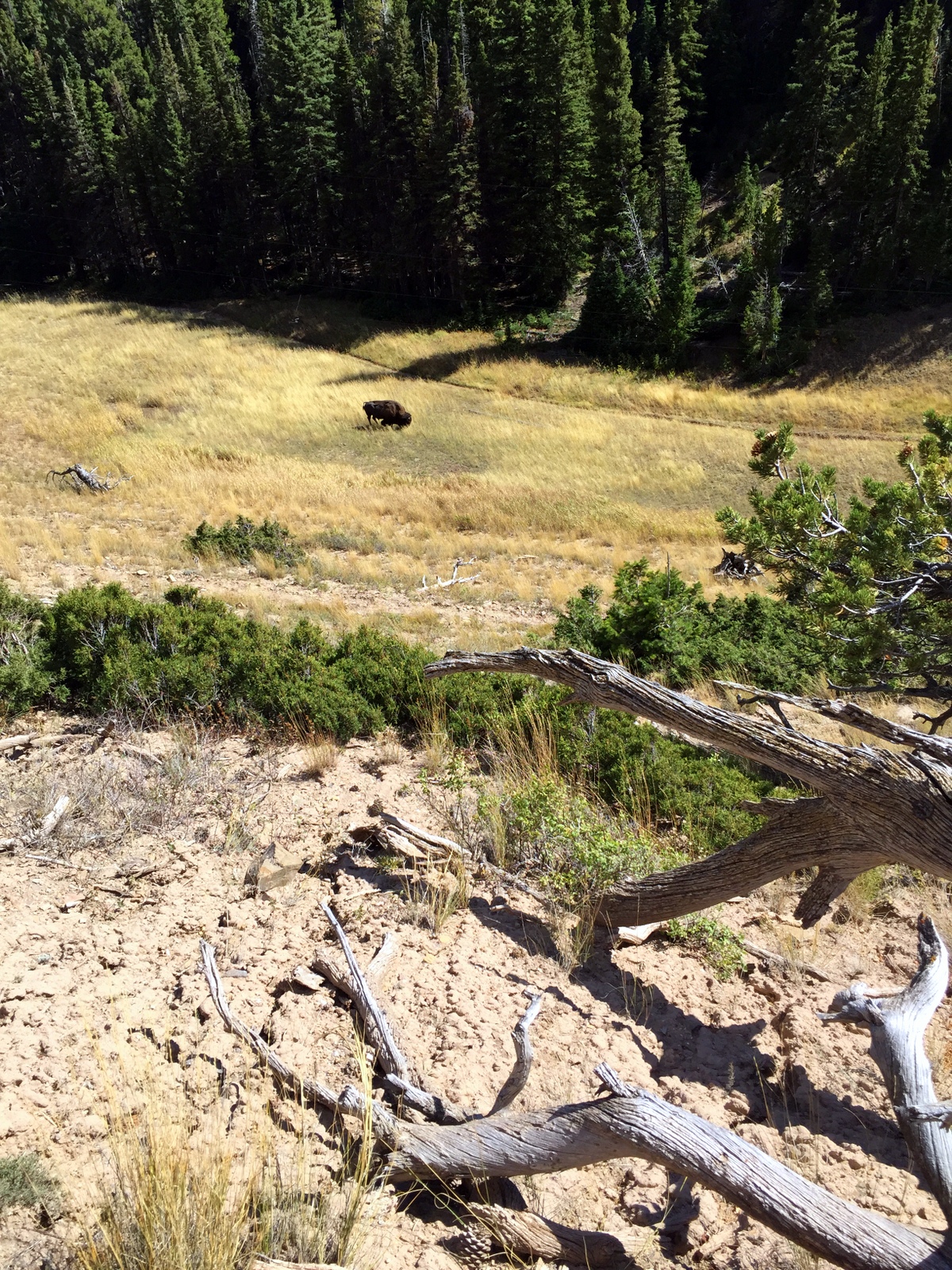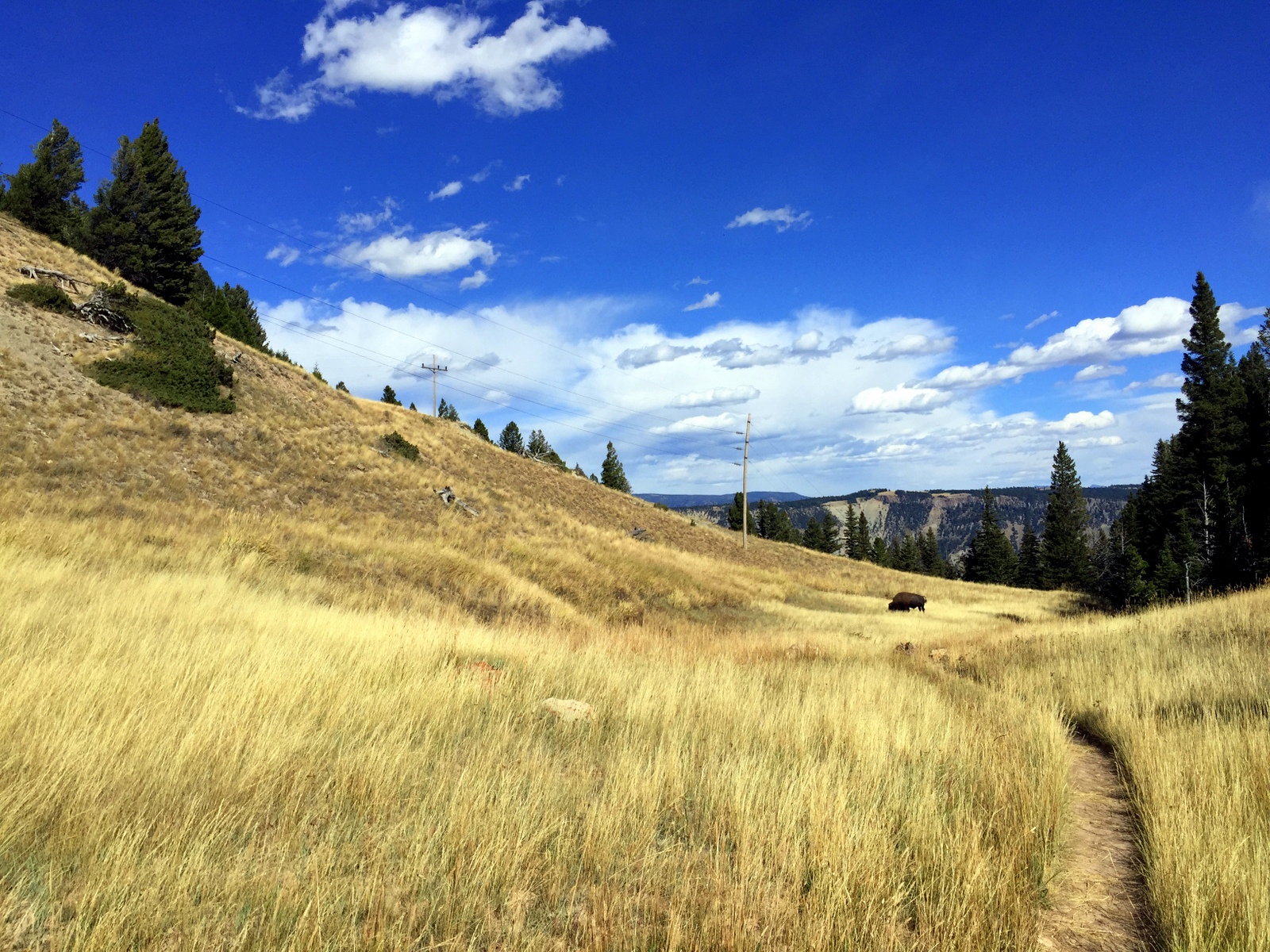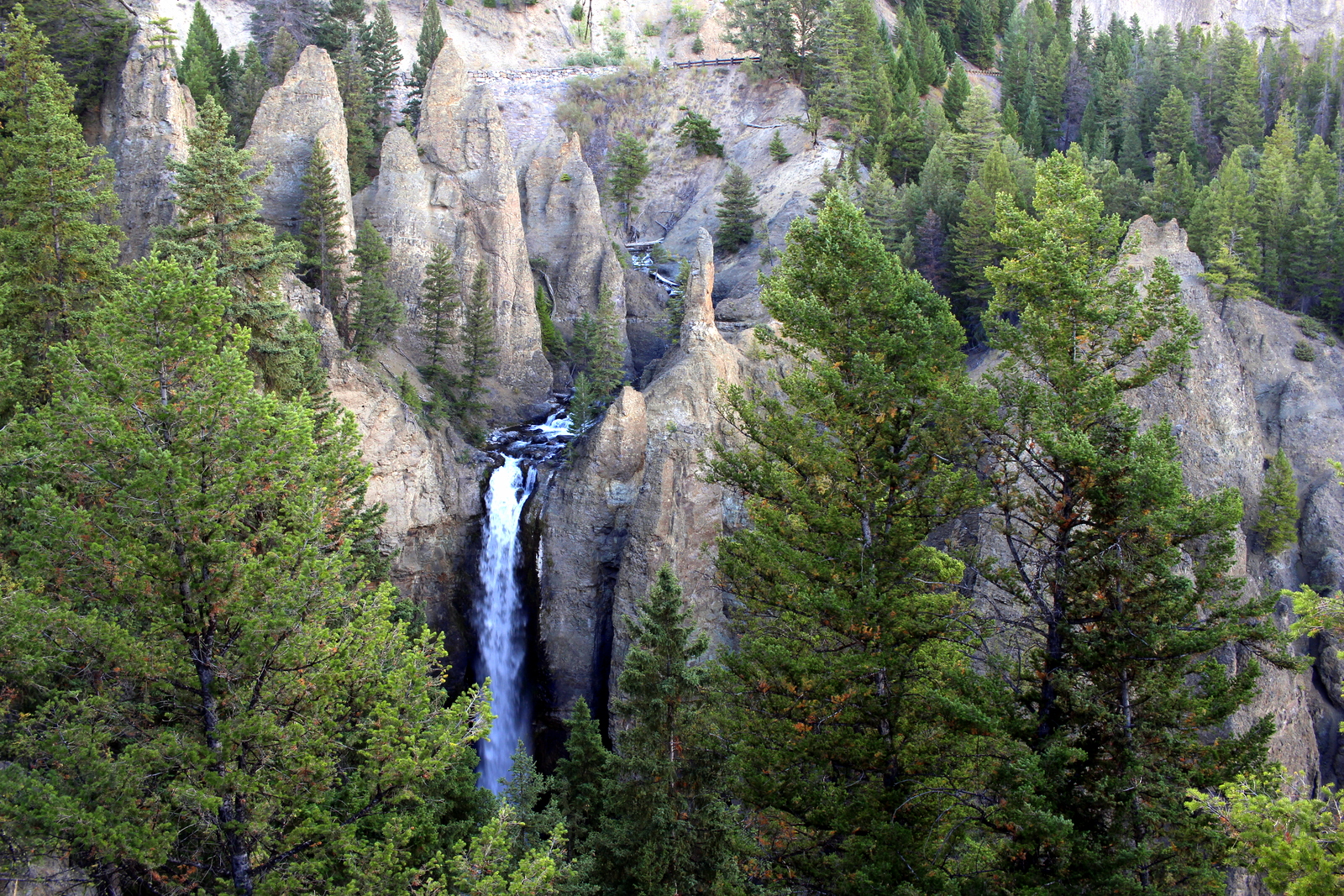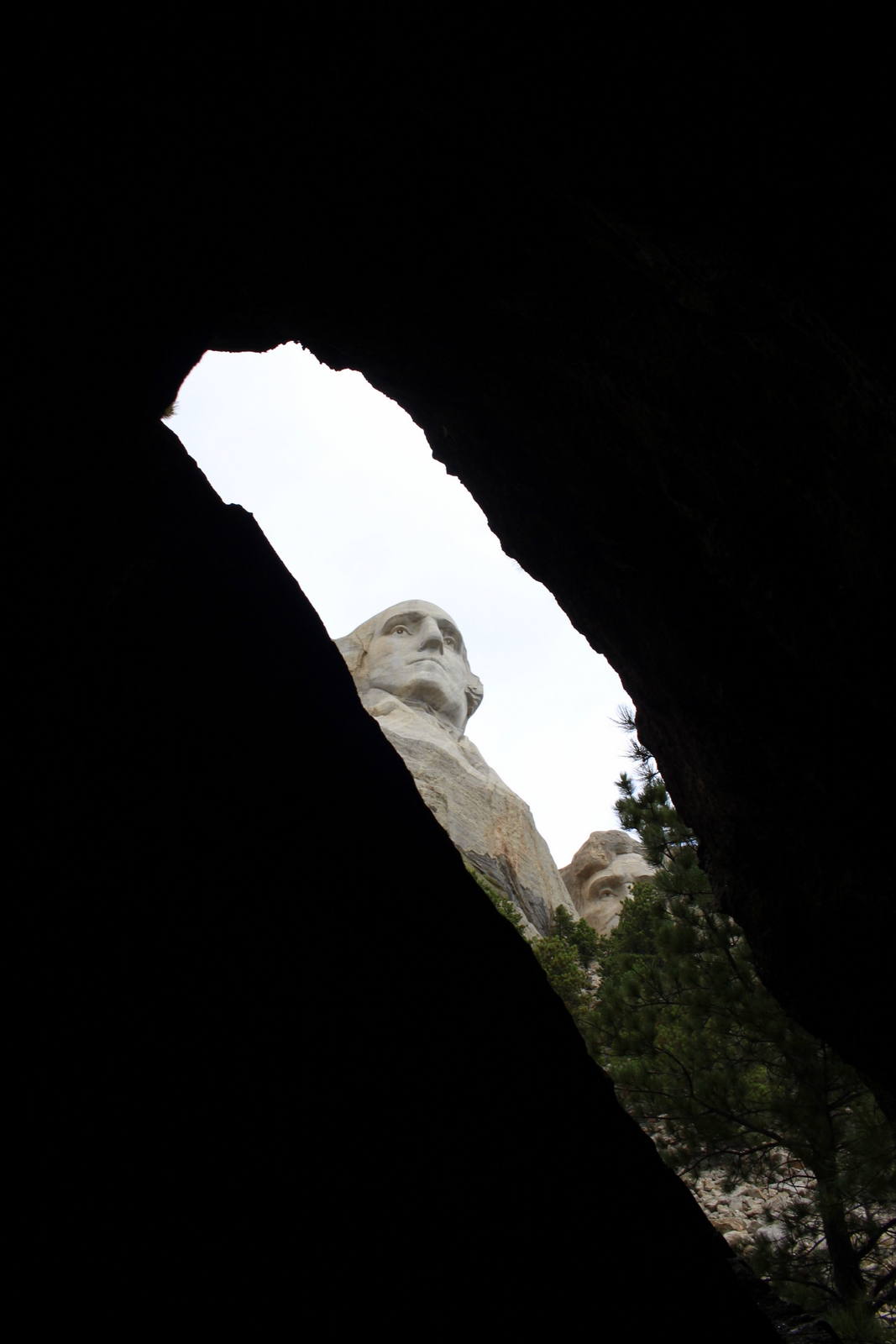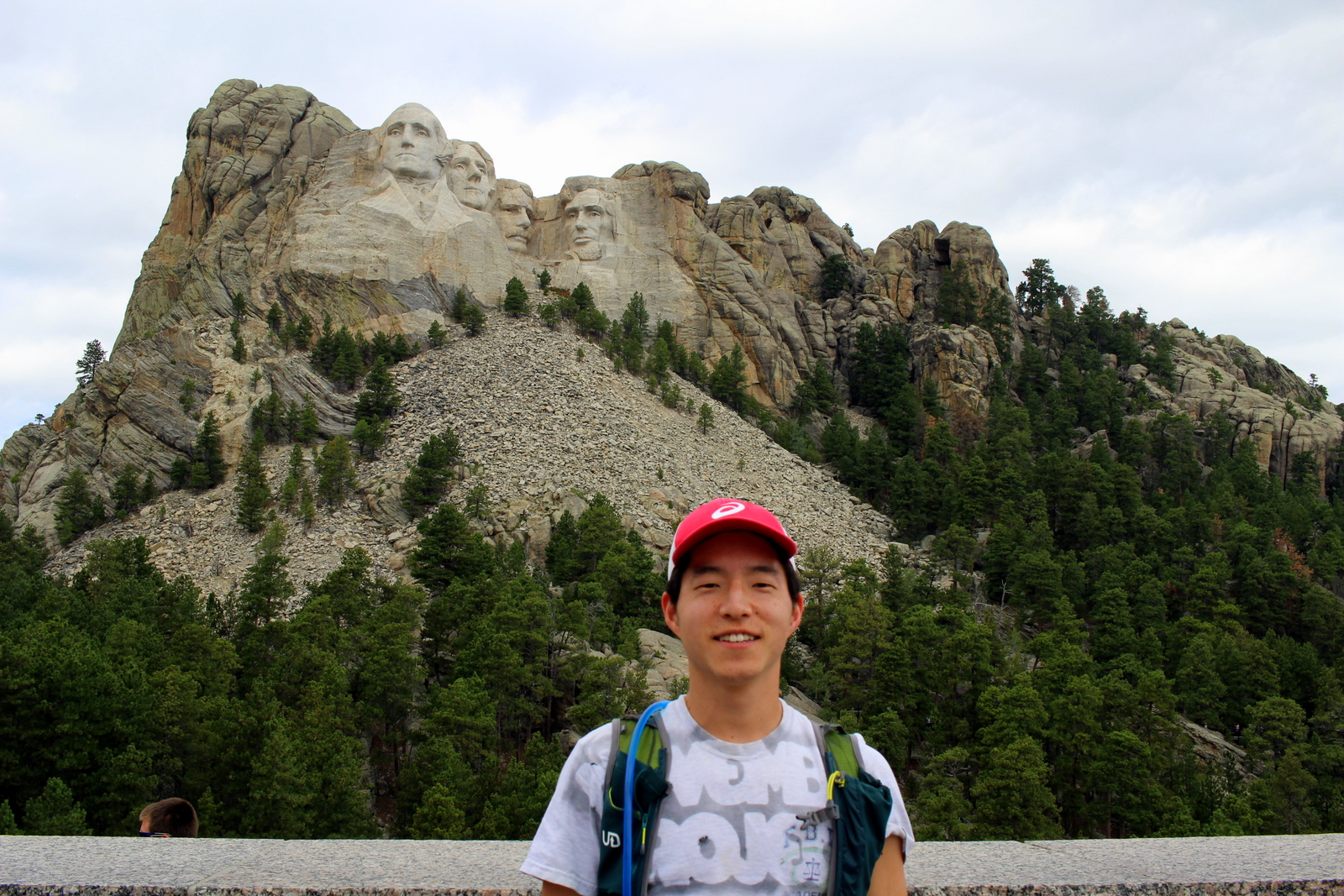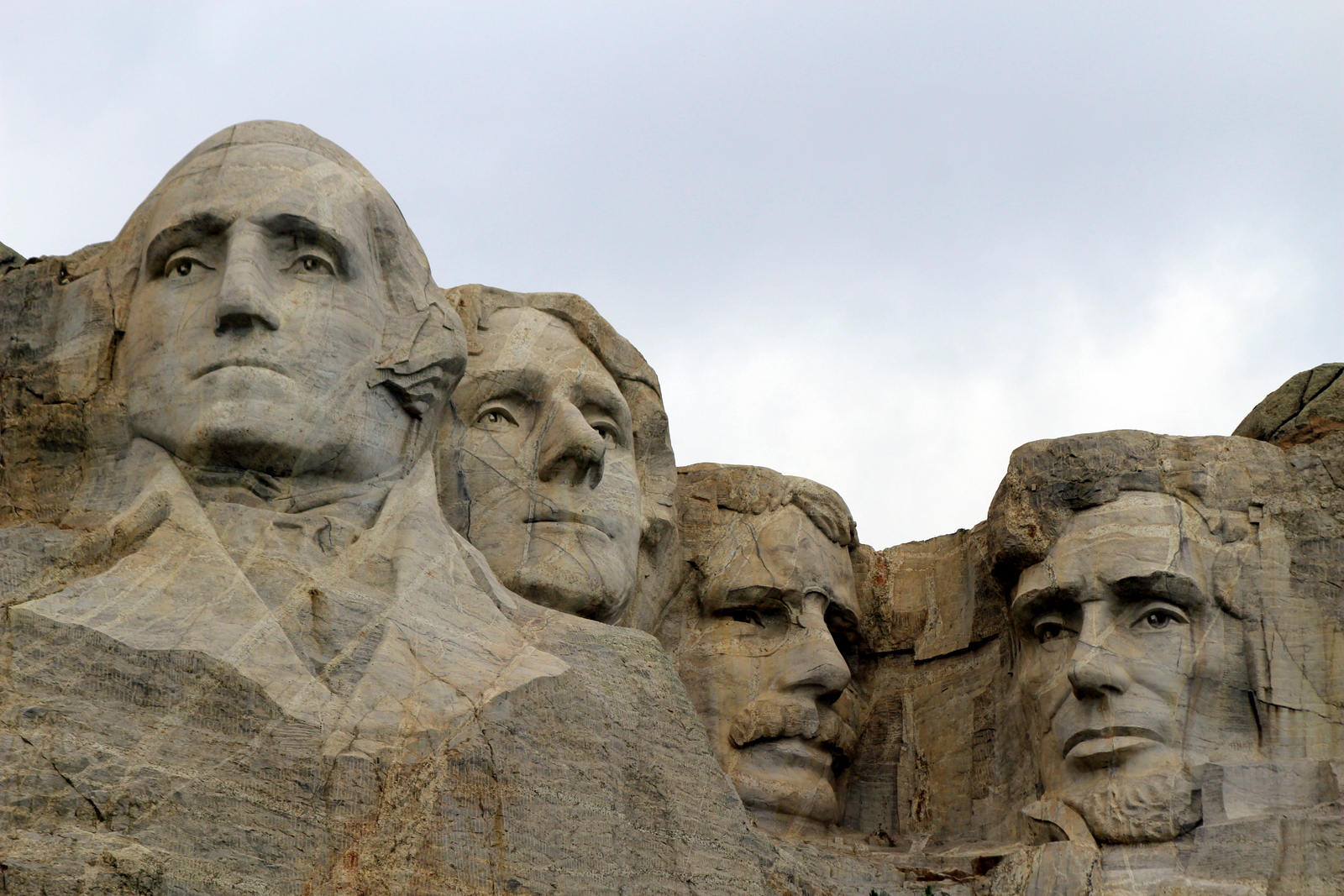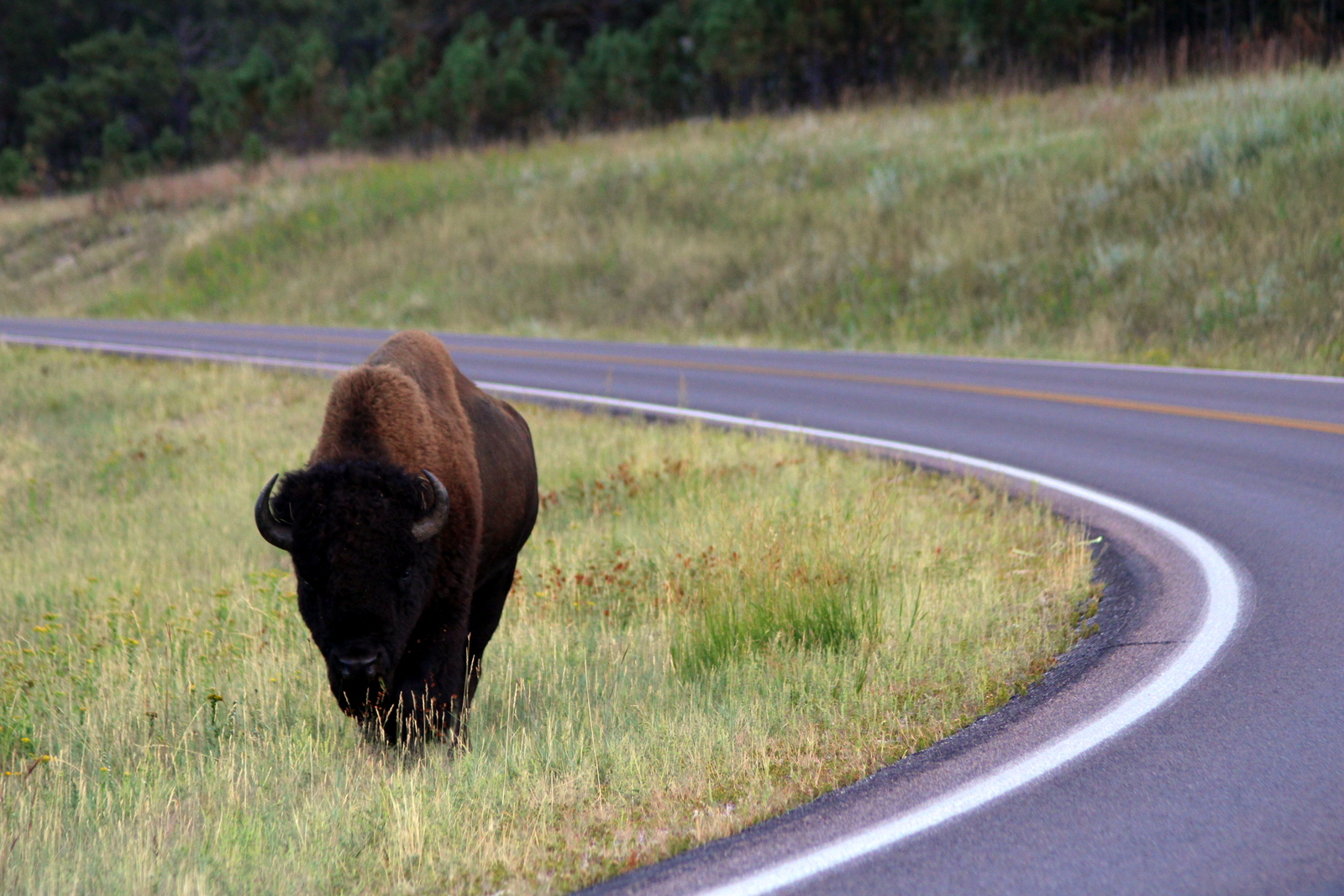I felt like I was in a joyous summer camp. That's because I was.
After having an excellent brisket breakfast burrito from Coffee Commissary with Caitlin, I'd made it to the San Jacinto Mountains just 90 minutes east of Los Angeles, where I'd be staying with Kyle S., another good friend, this time from my Baltimore running days. Kyle was an instructor at Astrocamp, one of the country's best outdoor science camps. I'd be spending the day at camp, and in the San Jacintos. I arrived right at 12:30 p.m. Kyle was waiting for me. All around me, I could hear the shouting and laughter of rapturous young children on three- to five-day excursions here.
The staff had recently turned an ugly rock pile into a human foosball field. Naturally, this seemed to be the most popular area of the camp.
After lunch and a quick tour of the camp (and after wishing I was a middle schooler again, just so that I could come here one summer), Kyle took me through several of the classrooms and walked me through the demonstrations that he would normally use to teach students science.
In the atmosphere room, we played around with air pressure. Kyle used a vacuum to suck out the air in a chamber that had a beaker filled with water. By doing that, the water began boiling at room temperature. I hadn't realized (or had forgotten) that "boiling" doesn't imply being hot.
Kyle also poured out some liquid nitrogen, which was impressively cold, and impressively cool to see.
The coolest part of the atmosphere room was burning hydrogen-filled balloons. Kyle filled a balloon with hydrogen gas, while I held a huge 3-foot-long lighter and popped the balloon. This would lead to a mini-explosion (we wore giant face masks). The second time around, Kyle filled the balloon with cupric chloride, which is what is used in fireworks. I decided I'd try to capture the explosion on film. Amazingly, I caught the green fireball cloud in the split-second that it appeared.
Then we went into the light classroom. I got a primer on the electromagnetic spectrum and he went through a variety of demonstrations that taught kids (and me) about light.
There was a phosphorescent wall (AKA a glow-in-the-dark wall) on which we shined both UV and infrared light. Because UV light is higher energy, the wall absorbed that light, whereas the infrared light didn't leave any mark. Here is my UV artwork (which looks like the northern lights, right?).
We also played with an infrared camera. He showed me how infrared would penetrate objects that visible light could not, and vice versa. I mostly just enjoyed seeing the heat the various parts of our bodies emitted on camera.
We made our way out to the "Lunar Lander" area. Basically, this is the egg drop for space nerds. Instead of dropping an egg from a given height, students dropped a water balloon off of the second floor onto scale landscapes that simulate Mars' terrain. This brought back memories of my egg drop days. I miss them.
Kyle showed me a bunch of other cool demonstrations--really, too many to even remember!--but I could quickly understand why kids would love this place.
But I ultimately wasn't here to learn astronomy. We set out to run in the San Jacinto Wilderness. Kyle wanted to show me some great views of the region, so we decided to do the South Ridge Trail, which takes you up to a peak at almost 9,000 feet above sea level.
We took the bumpiest dirt road I've ever been on. I felt like I was playing that minigame in The Oregon Trail where you have to navigate your floating wagon down a river while avoiding obstacles. The cracks were so deep that it looked like we were driving over scale models of the Grand Canyon. I bumped the bottom of my Prius several times. I winced each time, and visions of my car breaking down in the southwest deserts flashed before my eyes.
We made it to the trailhead, and I took the obligatory trailhead sign. And then we were off!
The trail was 4.1 miles one-way to the summit of Tahquitz Peak, and involved 2,000 feet of elevation gain. Because the Rim-to-Rim run was apporaching, I didn't want to burn my legs too much. So we only want just under 3 miles and 1,600 feet up. Along the way, Kyle led me to some really great viewing spots, some of which required rock scrambling to reach.
We reached another vista from which we could see Tahquitz Rock. This rock is special to rock climbers. It was the climbing rock that was used to create the Yosemite Decimal System, the primary method used to classify the difficulty of climbs.
We took some goofy photos from this vista. The views were great, except for the haze in the distance.
We were now at the bottom of the set of switchbacks leading to the very top. I didn't want to risk burning my legs. Kyle also noted how hazy the sky was--we wouldn't really get a better view 500 feet higher. So we instead turned around and bombed the descent. We zigzagged in combination, kind of like synchronized slalom skiiers.
It was now 5:30 p.m., and dinner would end in 30 minutes. We carefully made our way back down the dirt road to Astrocamp, and chowed down on standard camp fare, which, for me, was like a 5-star hotel buffet. It turned out that that night, an astronomer from NASA's Jet Propulsion Laboratory was giving a talk to the camp about recent news regarding Pluto. We sat in on that presentation. I felt a little lost, because the speaker clearly assumed that the audience had deep knowledge on astronomy and recent developments with Pluto. But it was still fun nonetheless. I could see and feel the space nerdery all around me (I've never seen people so excited to go pick up stickers of the New Horizons space probe).
After the presentation, we showered and kicked back until it got dark. Tonight was space night, which meant that instructors would be showing the night sky to students. We came on the later end, and Kyle showed me a variety of objects, including the moon, Saturn, and several galaxies and nebulae.
I've talked about how this trip has been entirely humbling because it has forced me to grapple with the vastness of our natural world. But thinking in more depth about our universe is even more mindbogglingly humbling. For instance, Kyle mentioned how if the sun was the size of a period, our Milky Way Galaxy would be the size of the continental United States. As another example, Kyle noted that if two galaxies--each of which might contain 200-400 billion stars--were to come together, the probability that any two of those stars would collide would still be close to zero. That's how far apart the stars in those galaxies are. Think about that for a second. It's truly incredible to think about. We are way, way, way smaller than specks!























